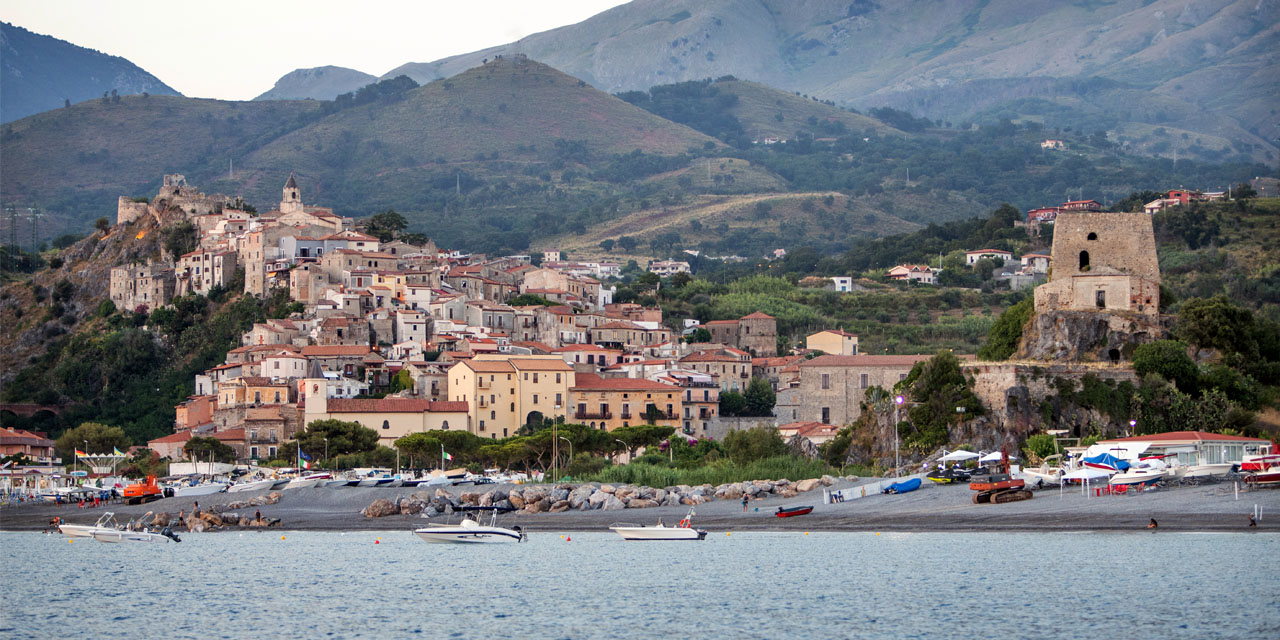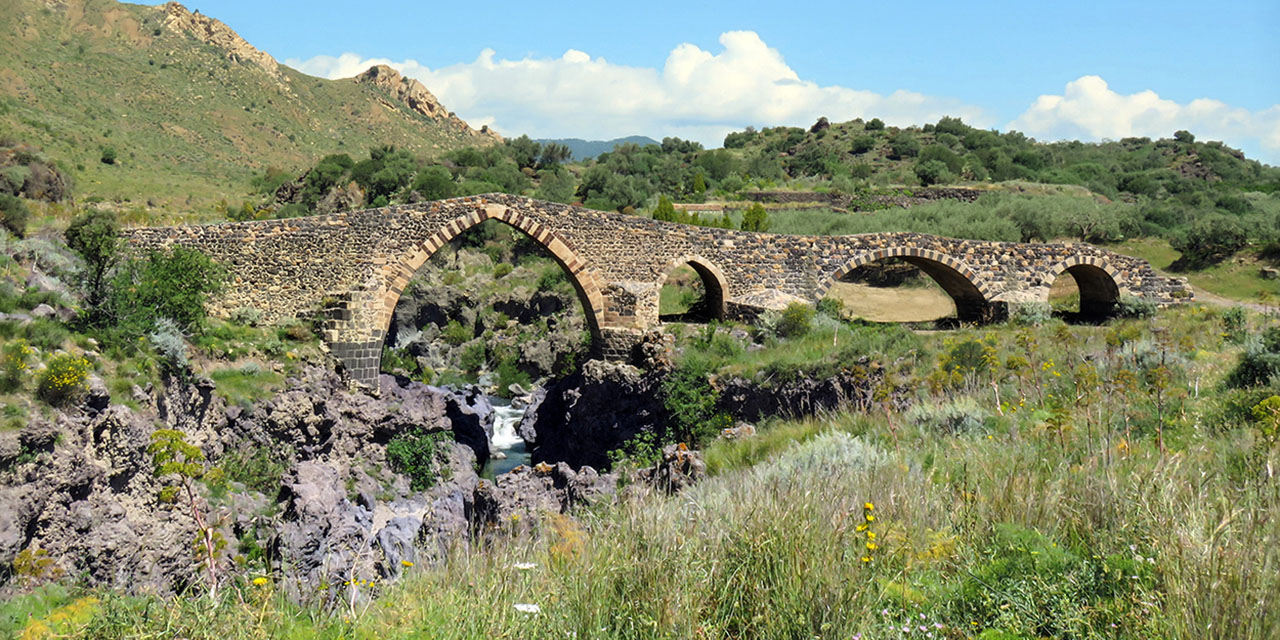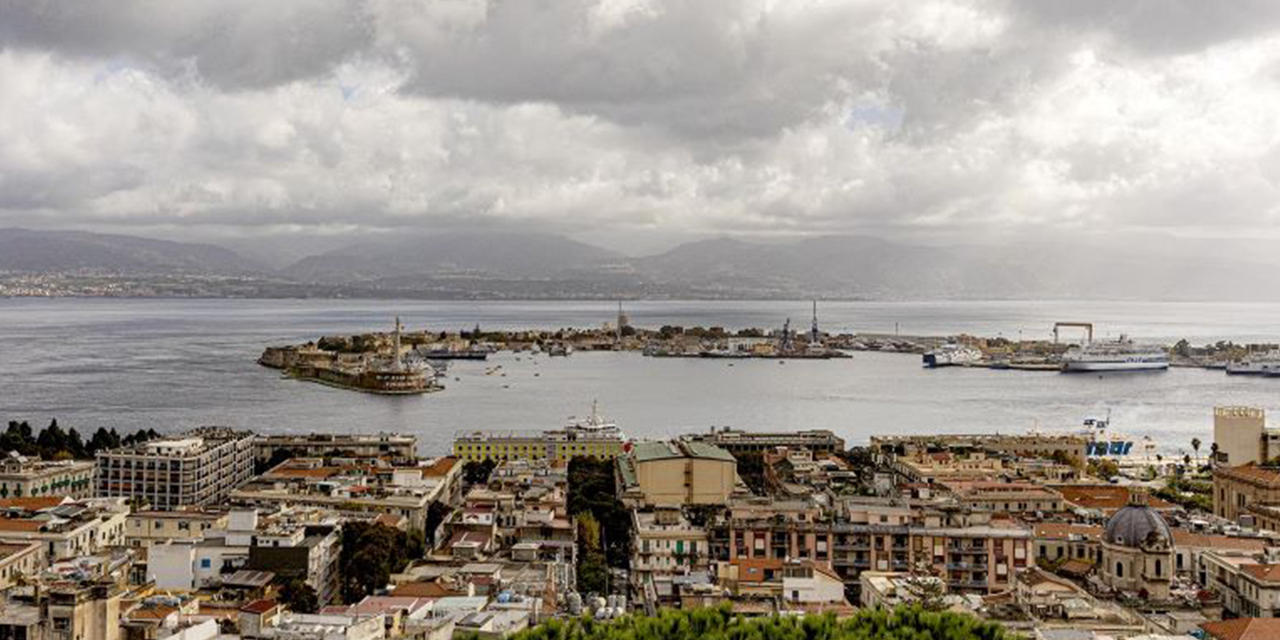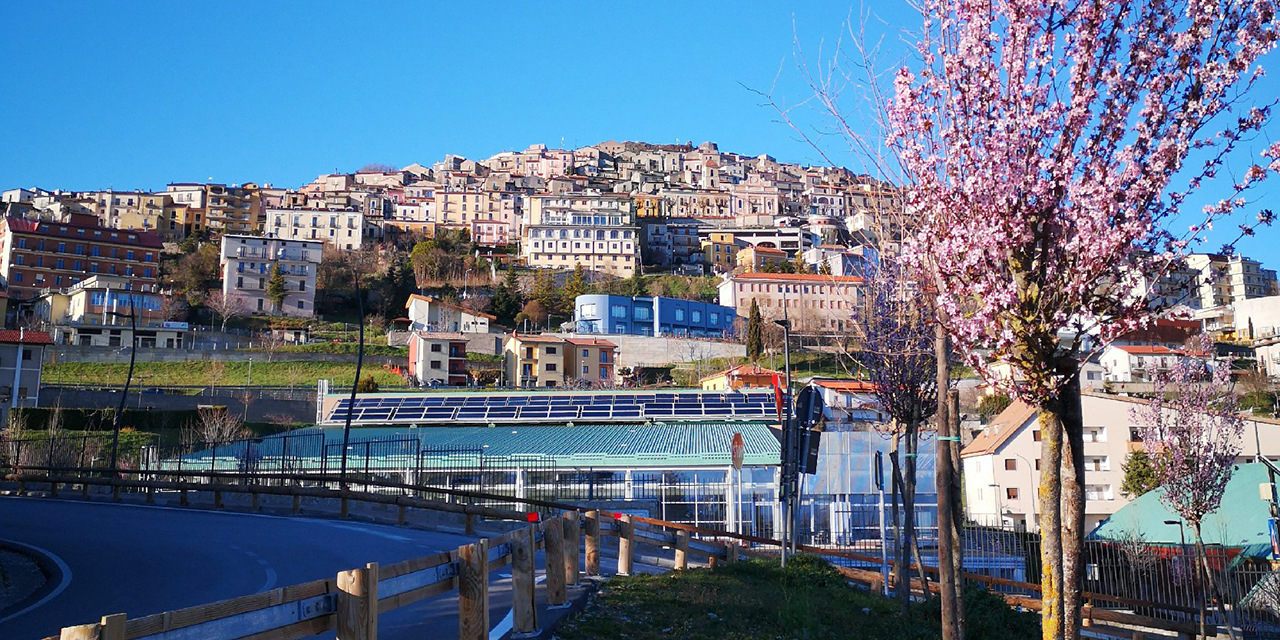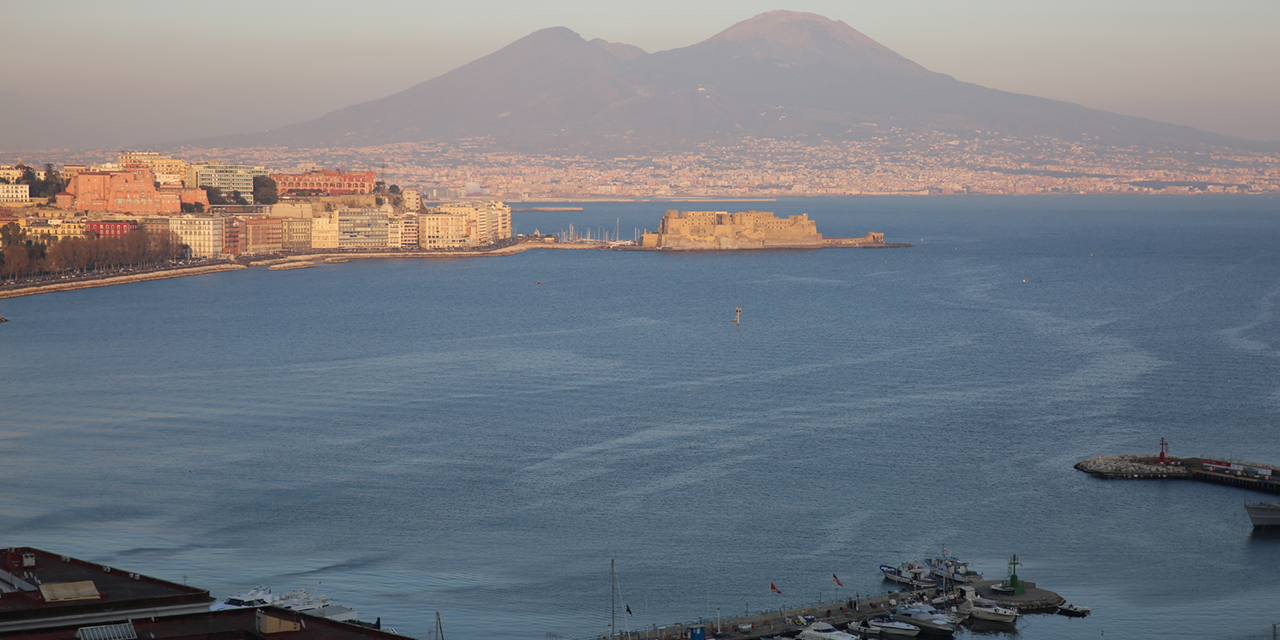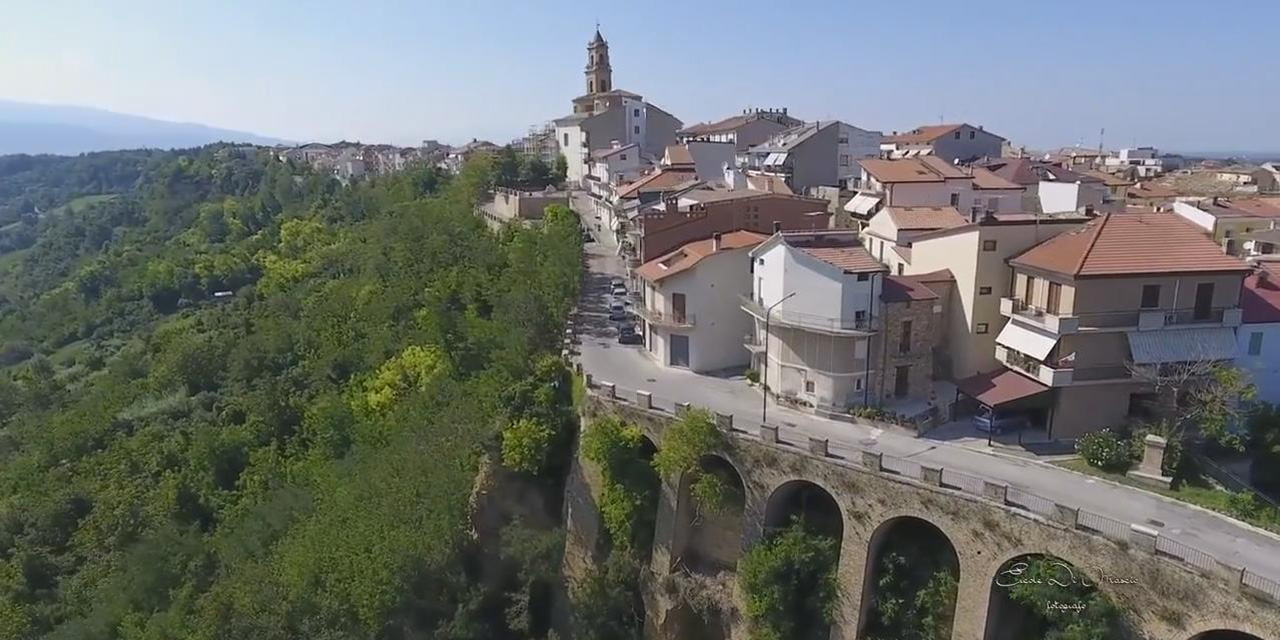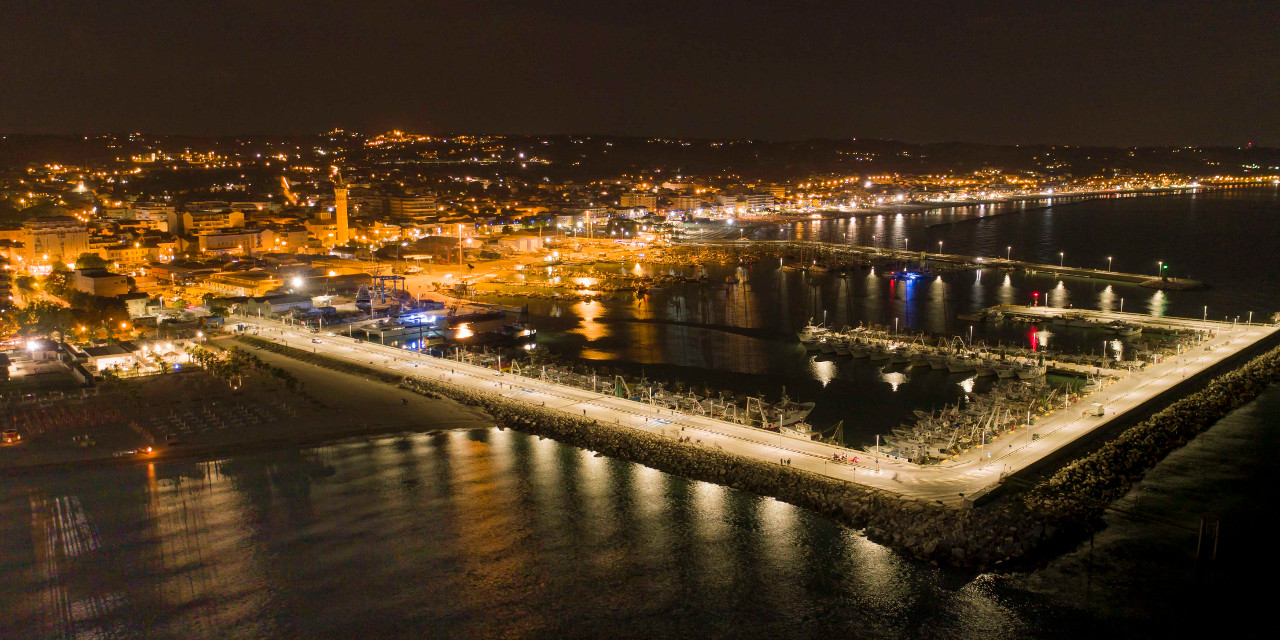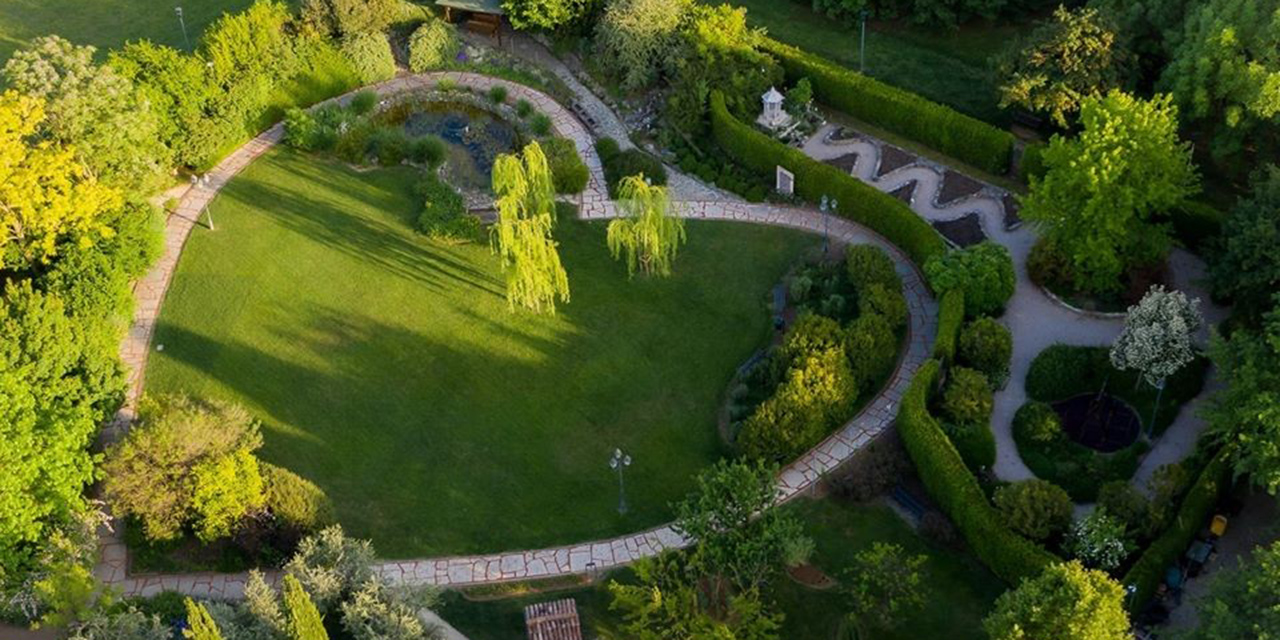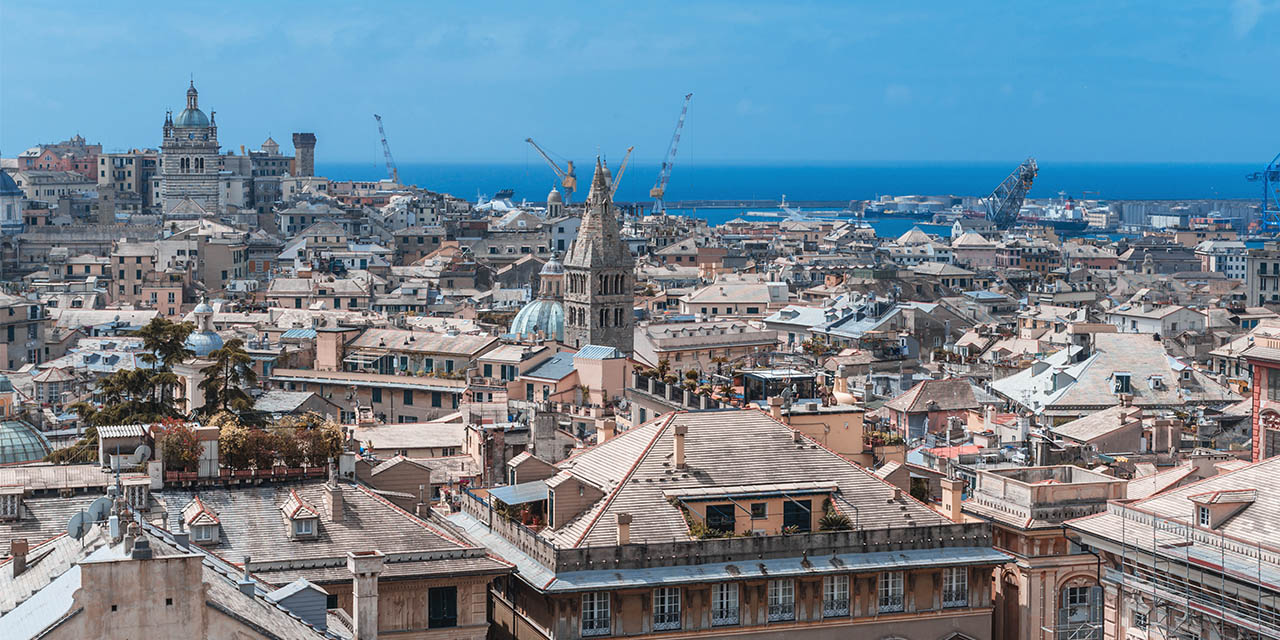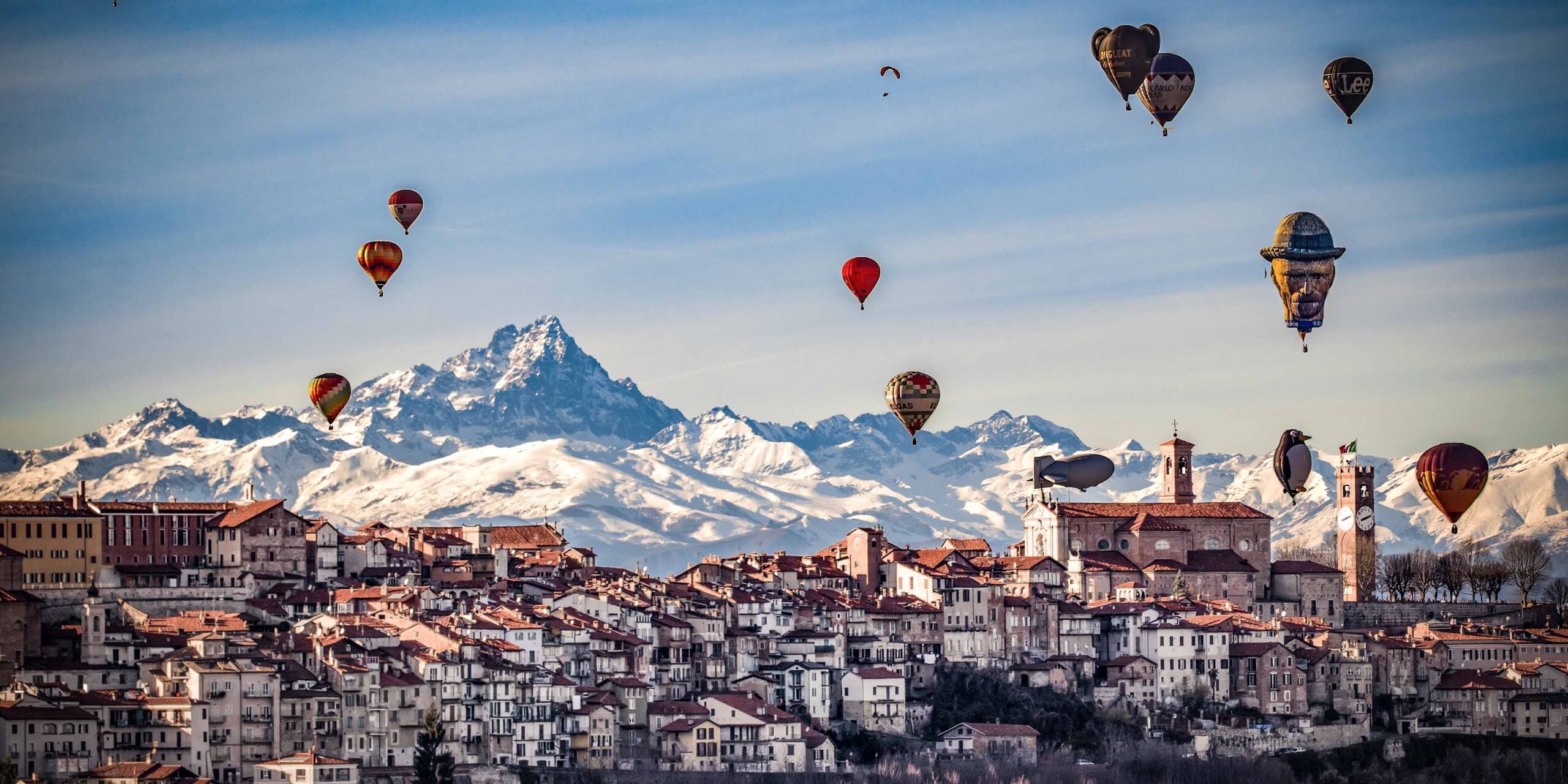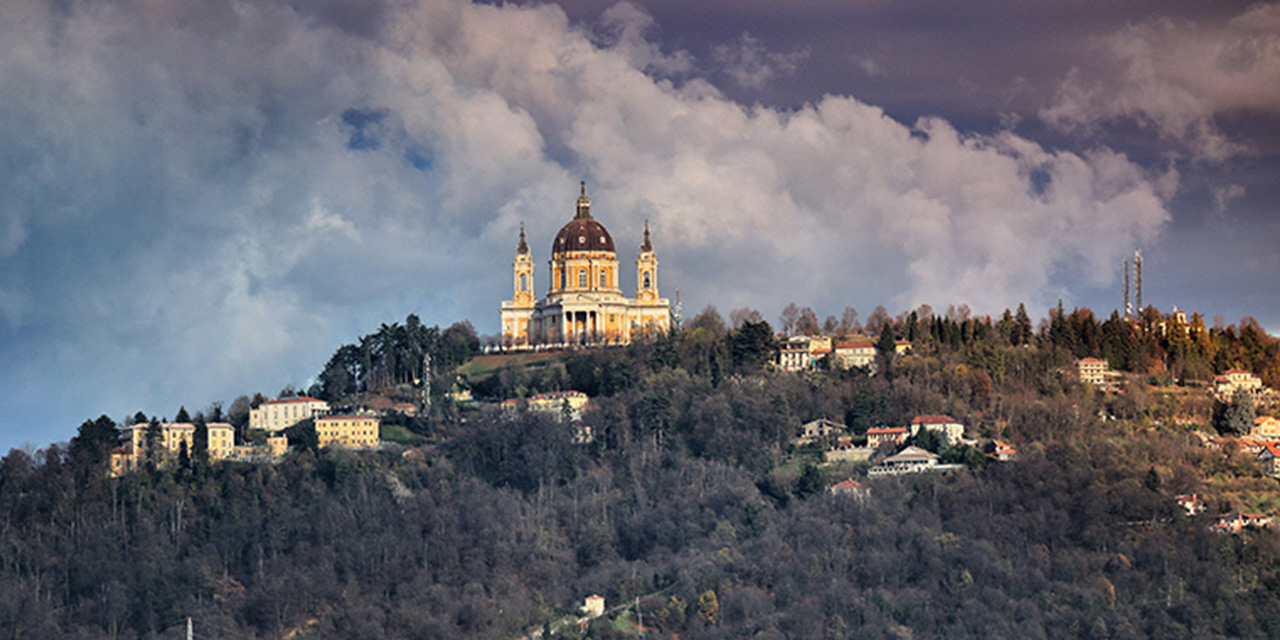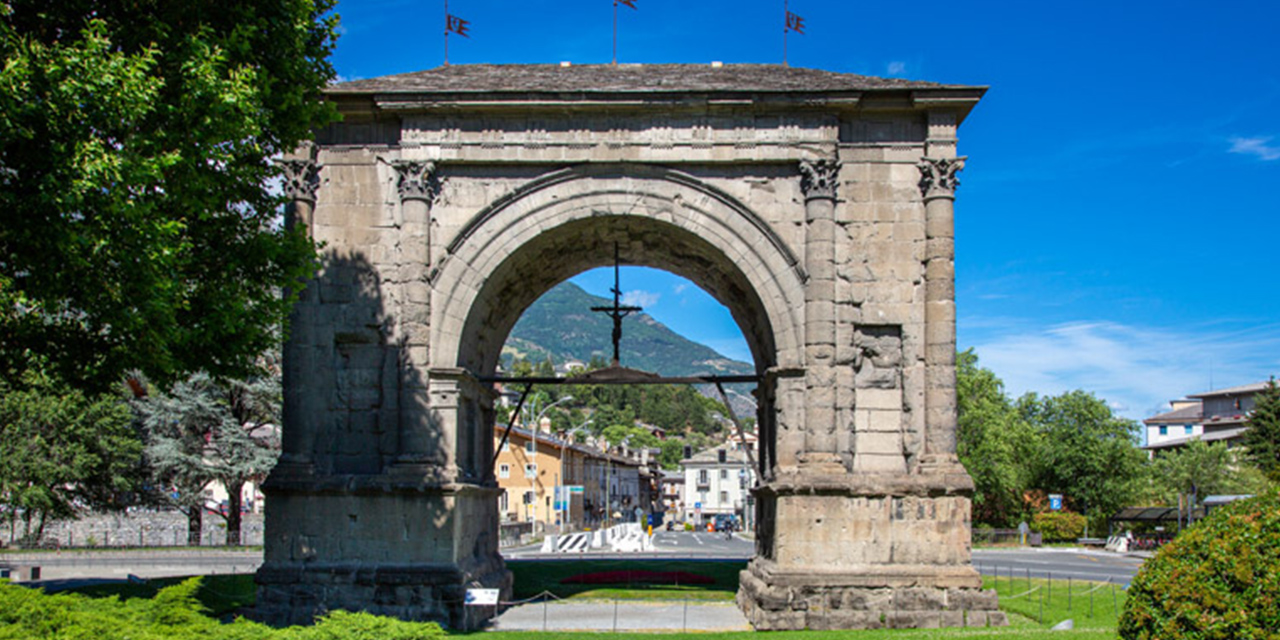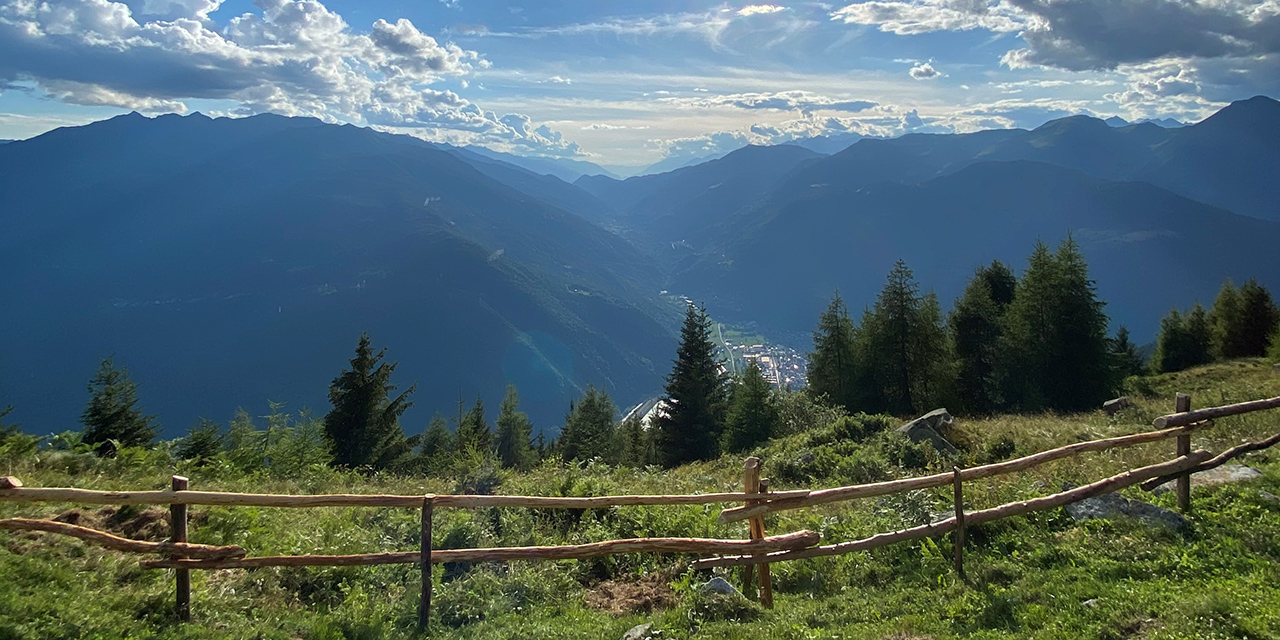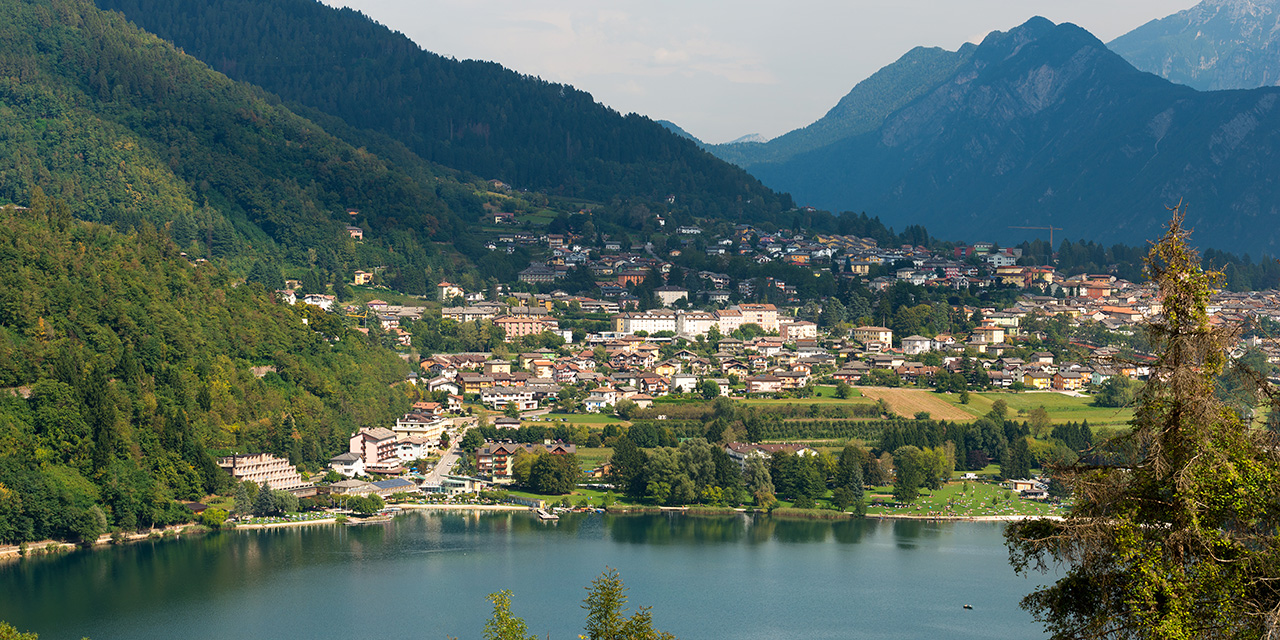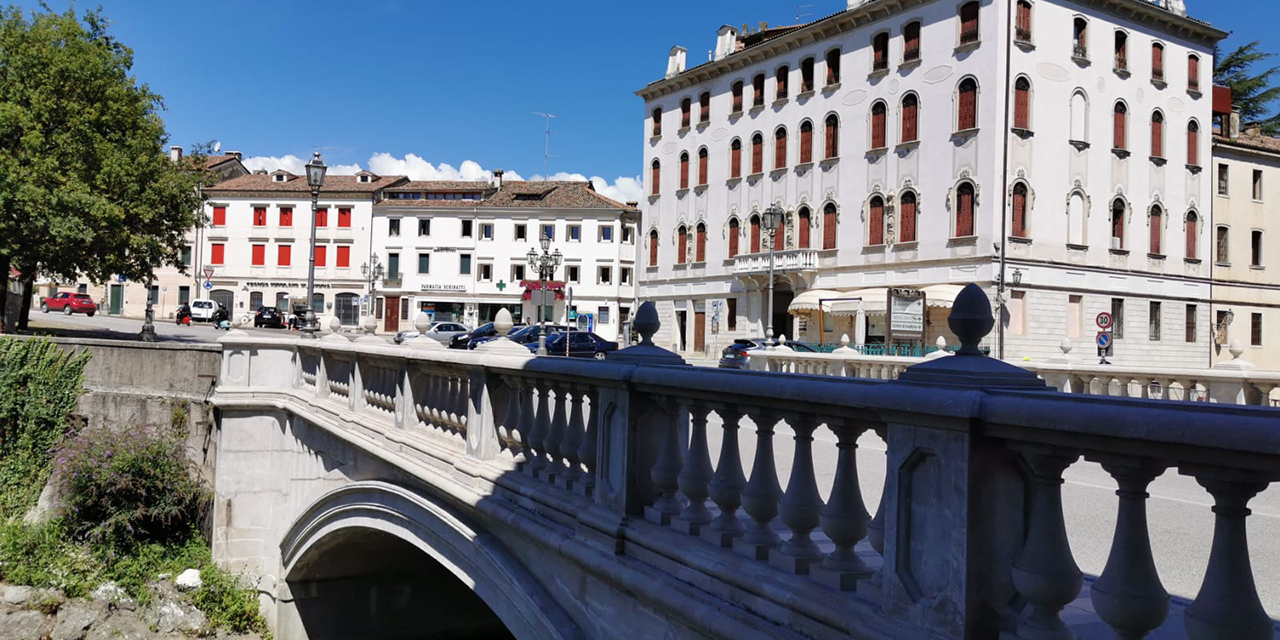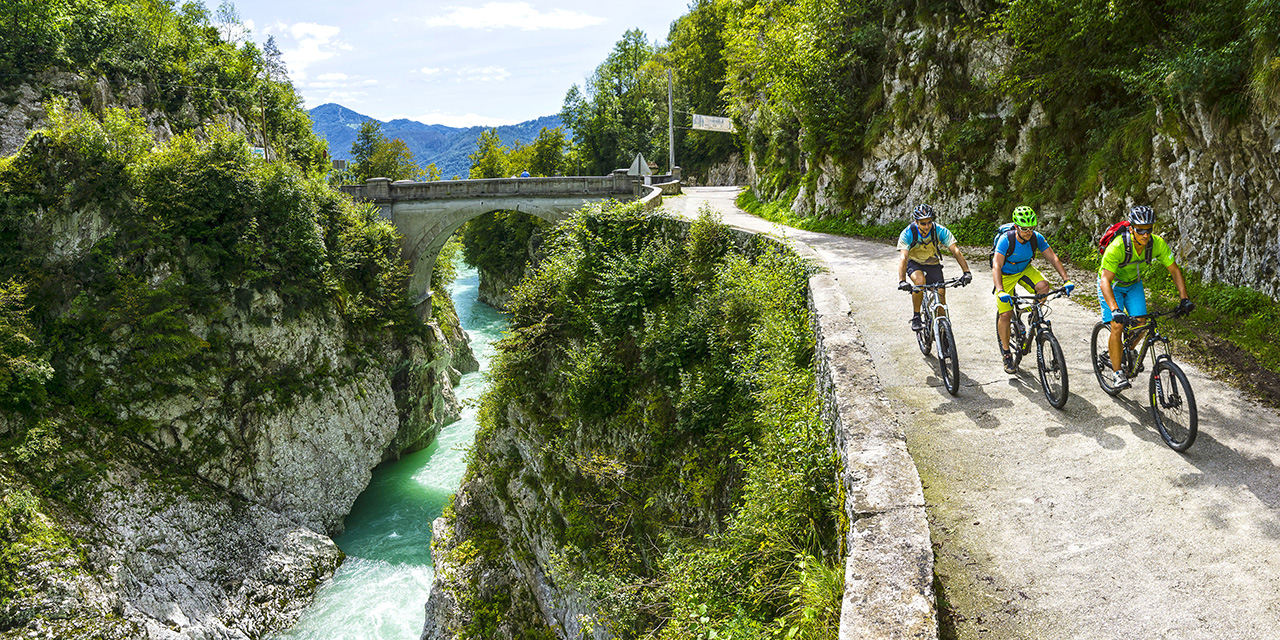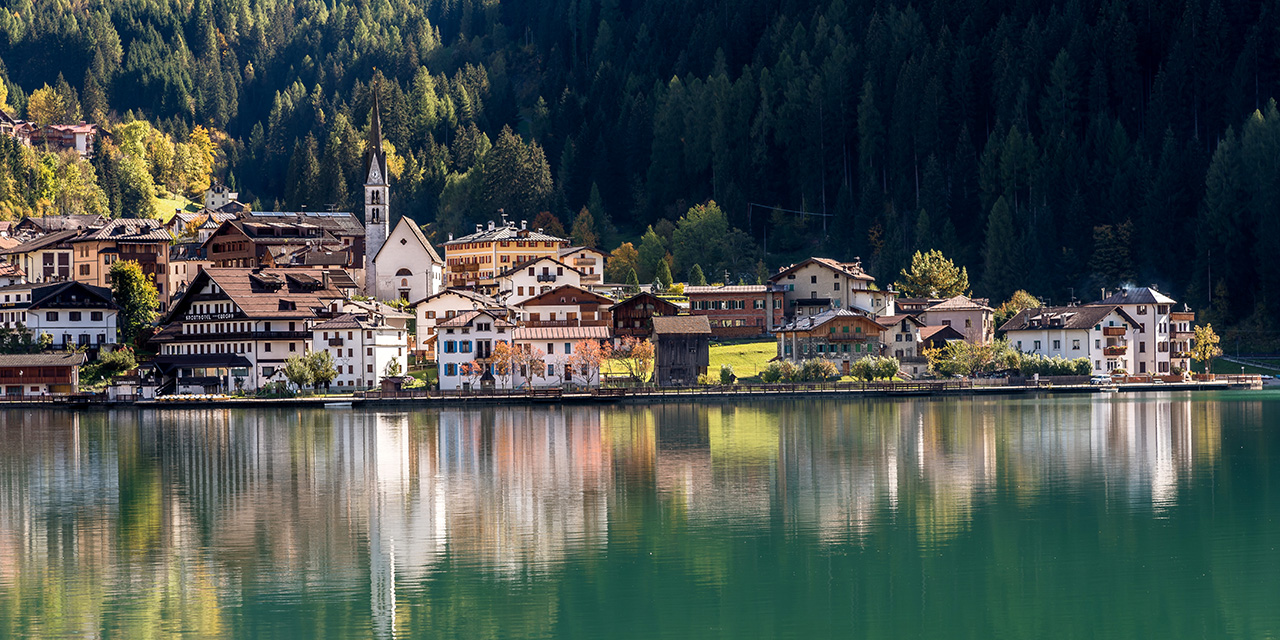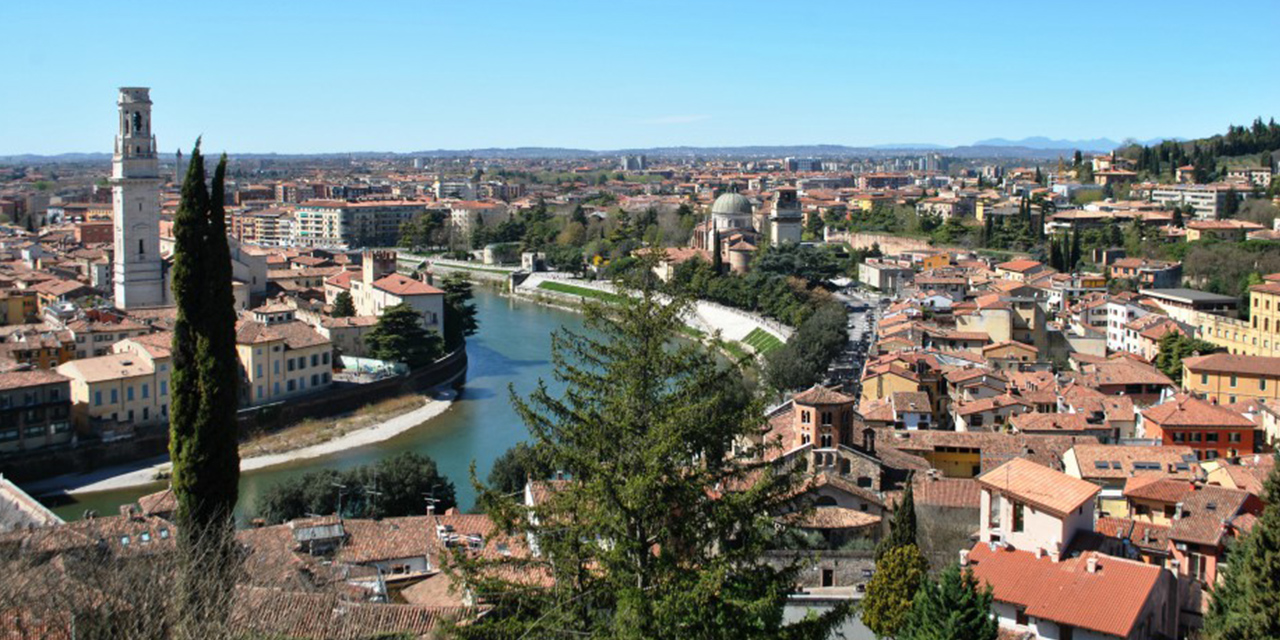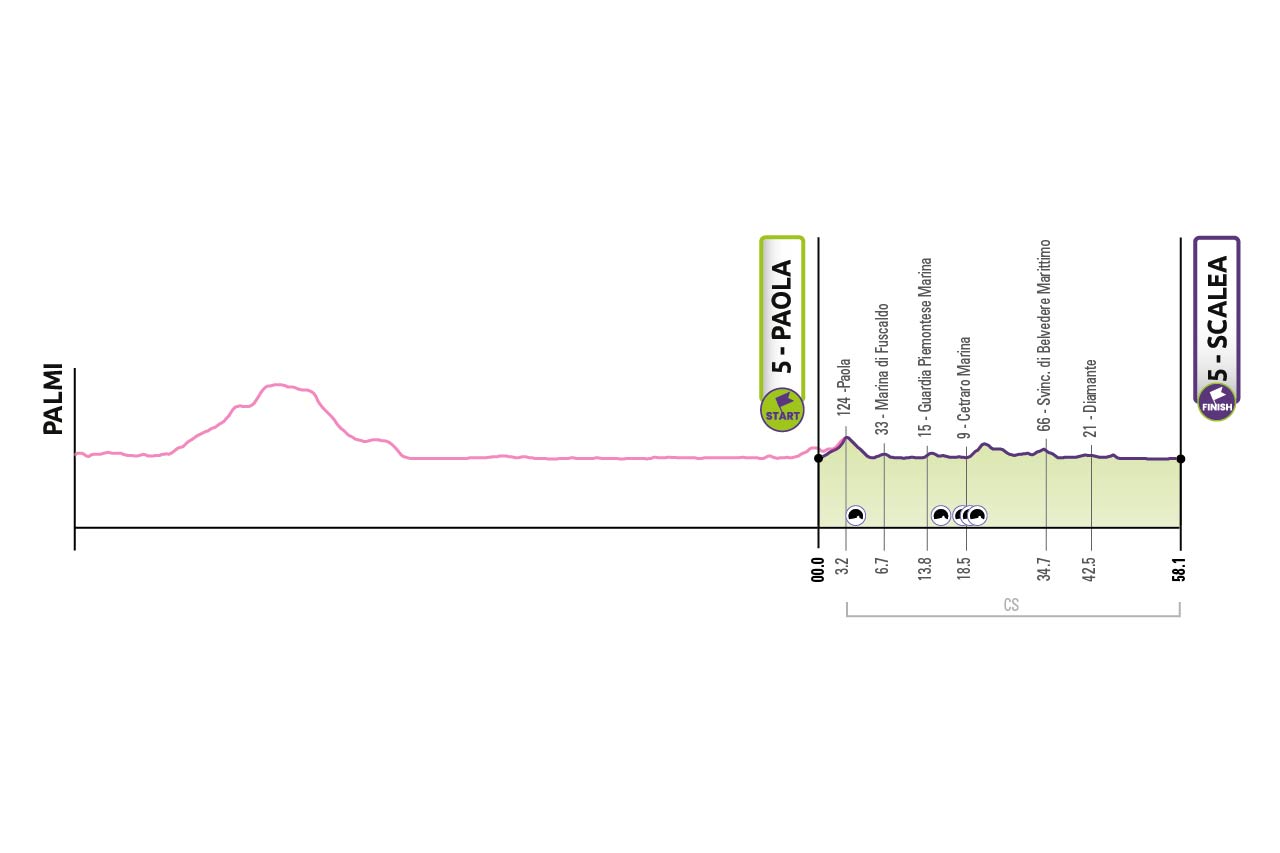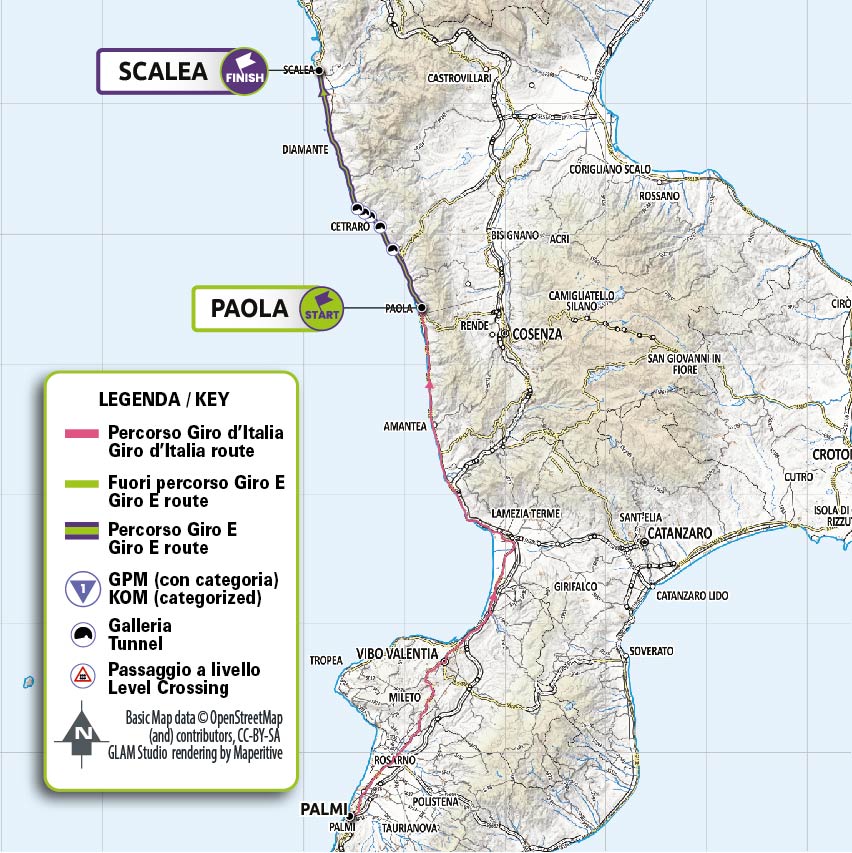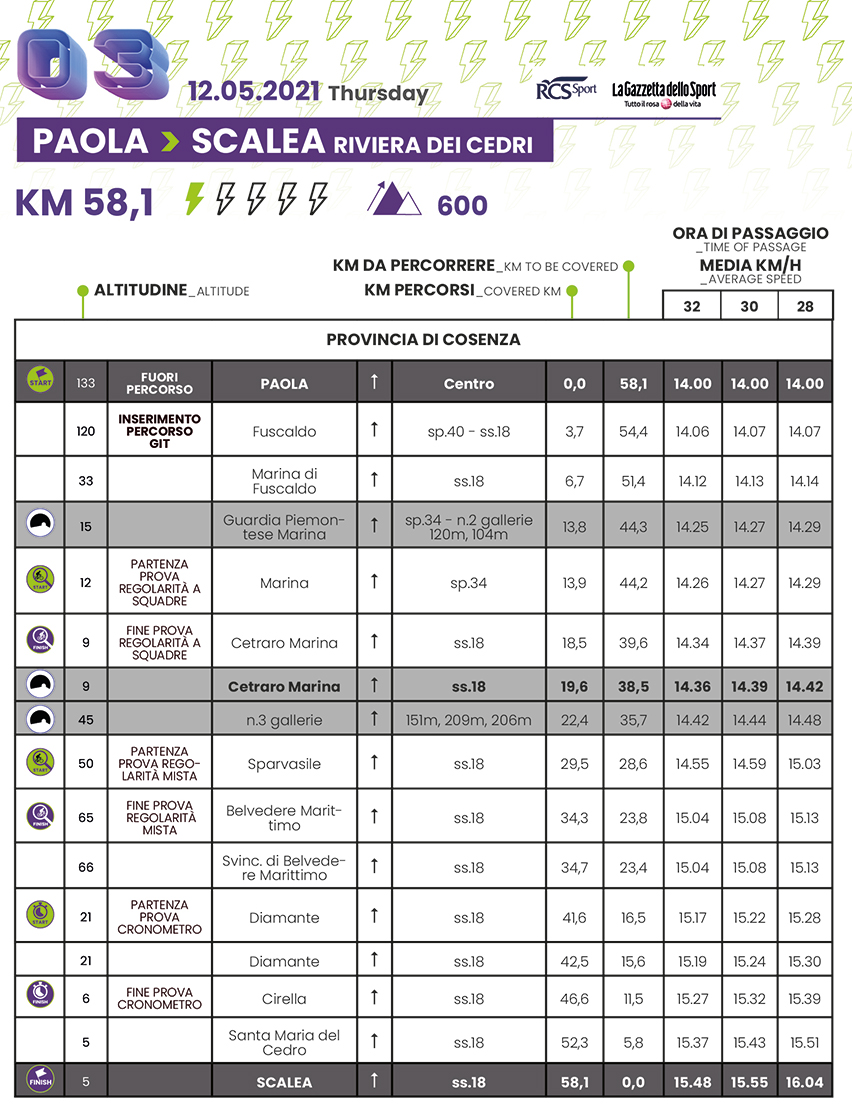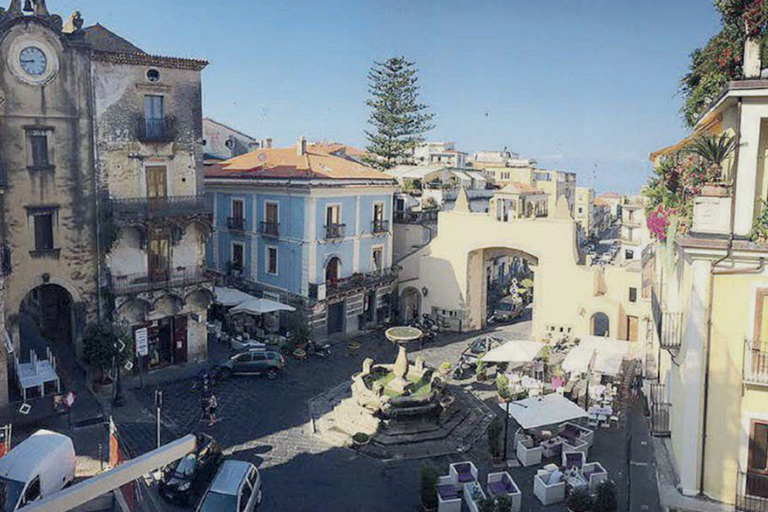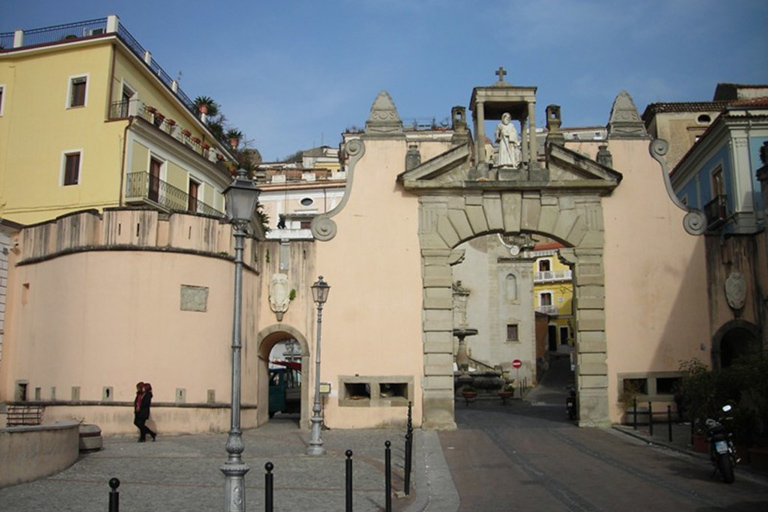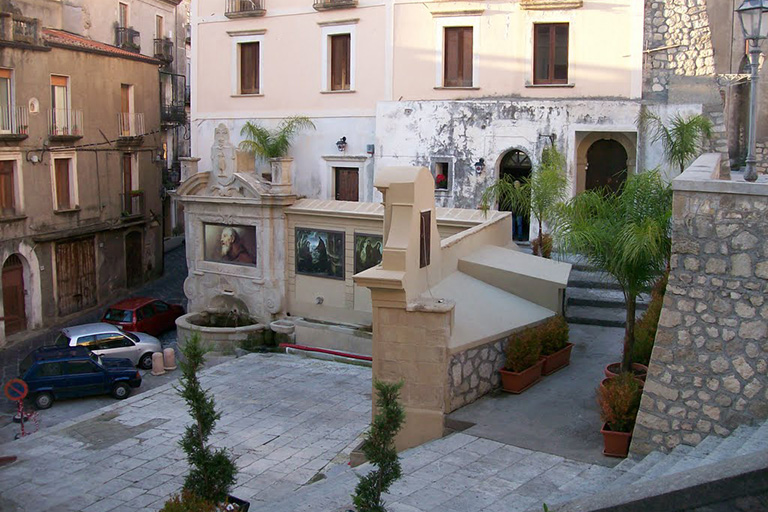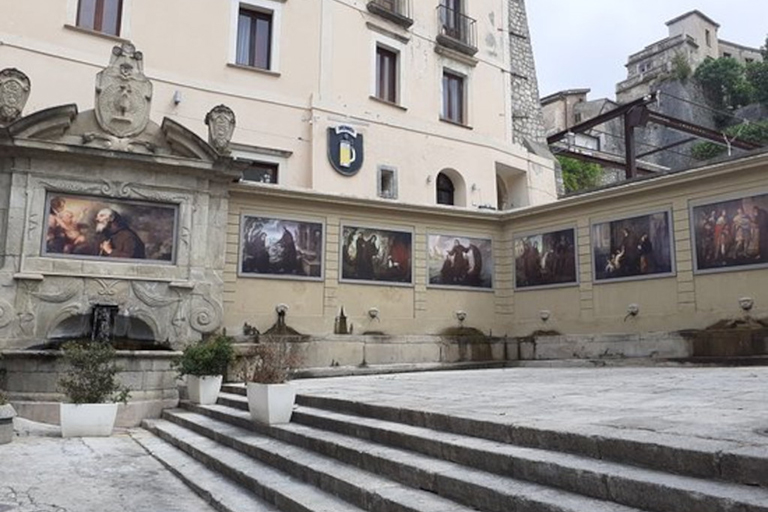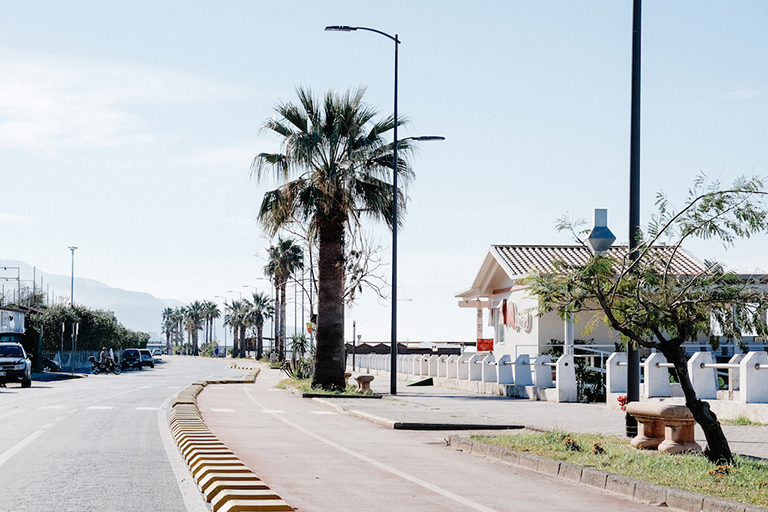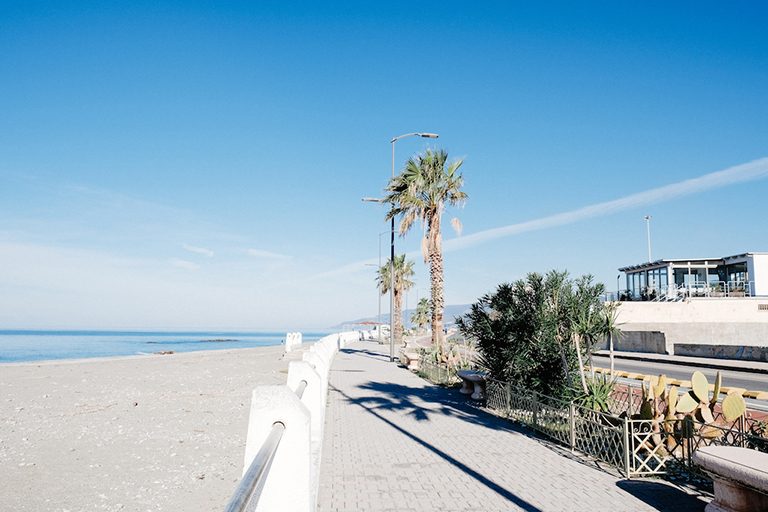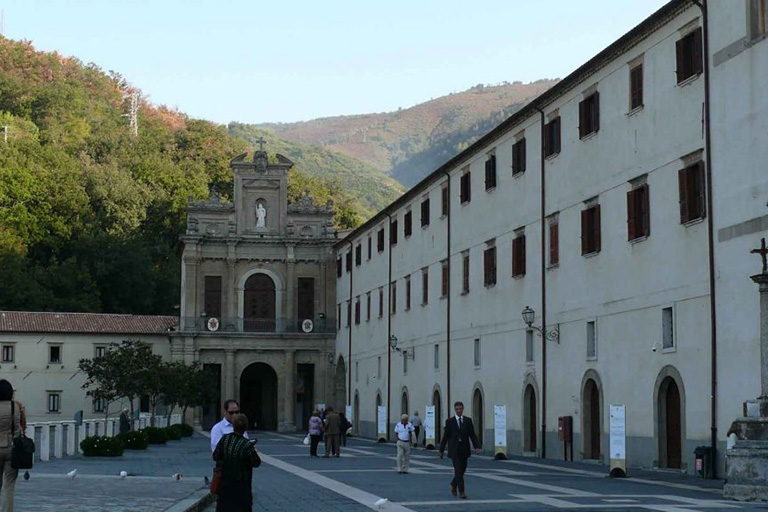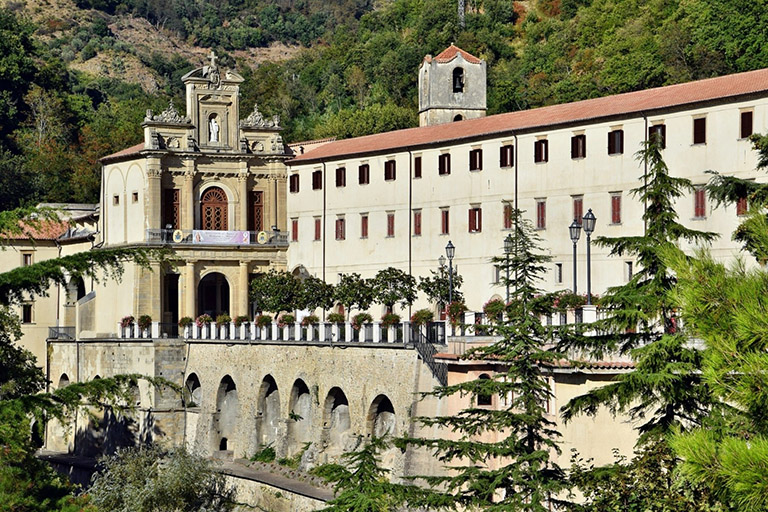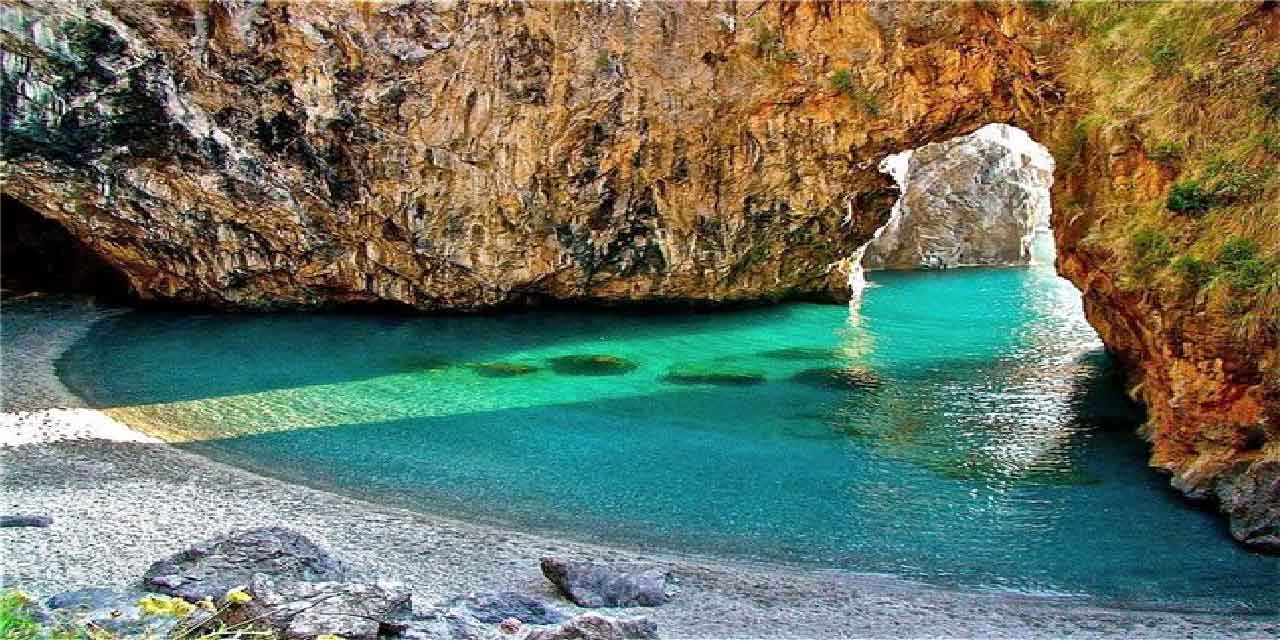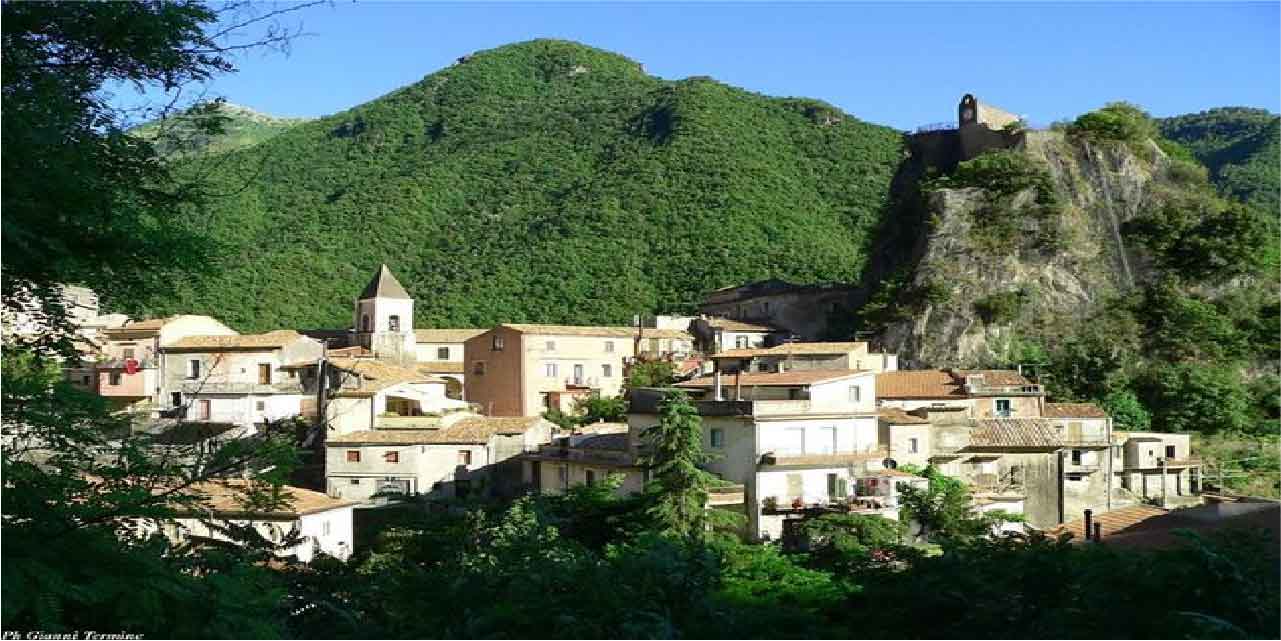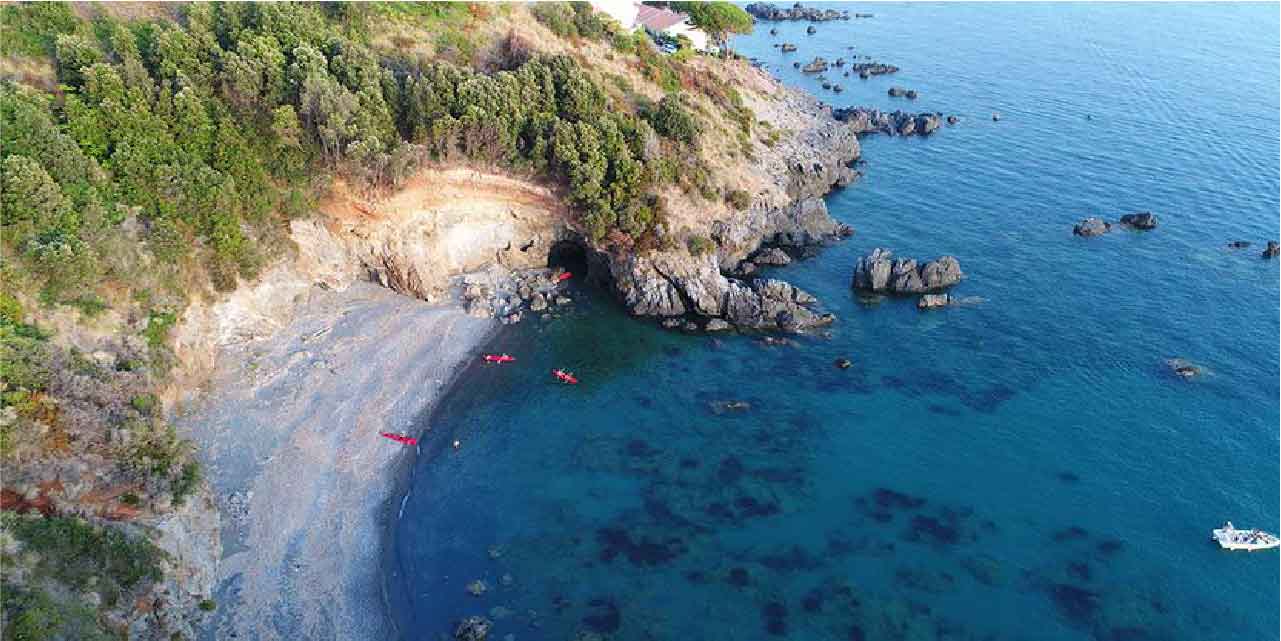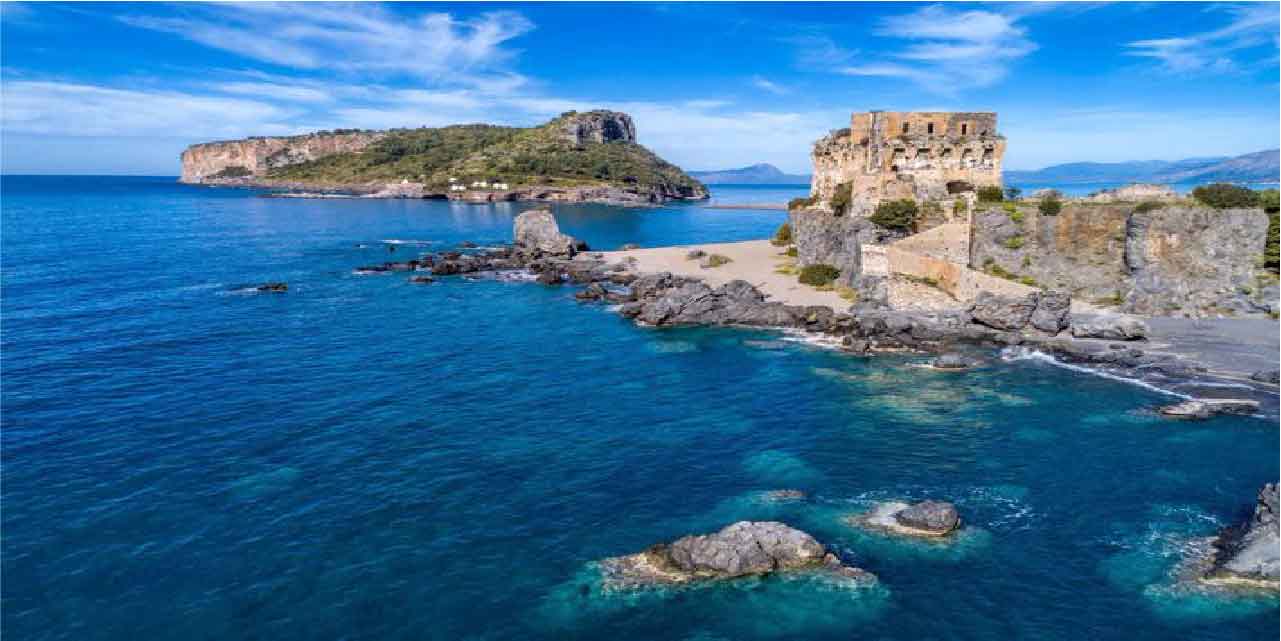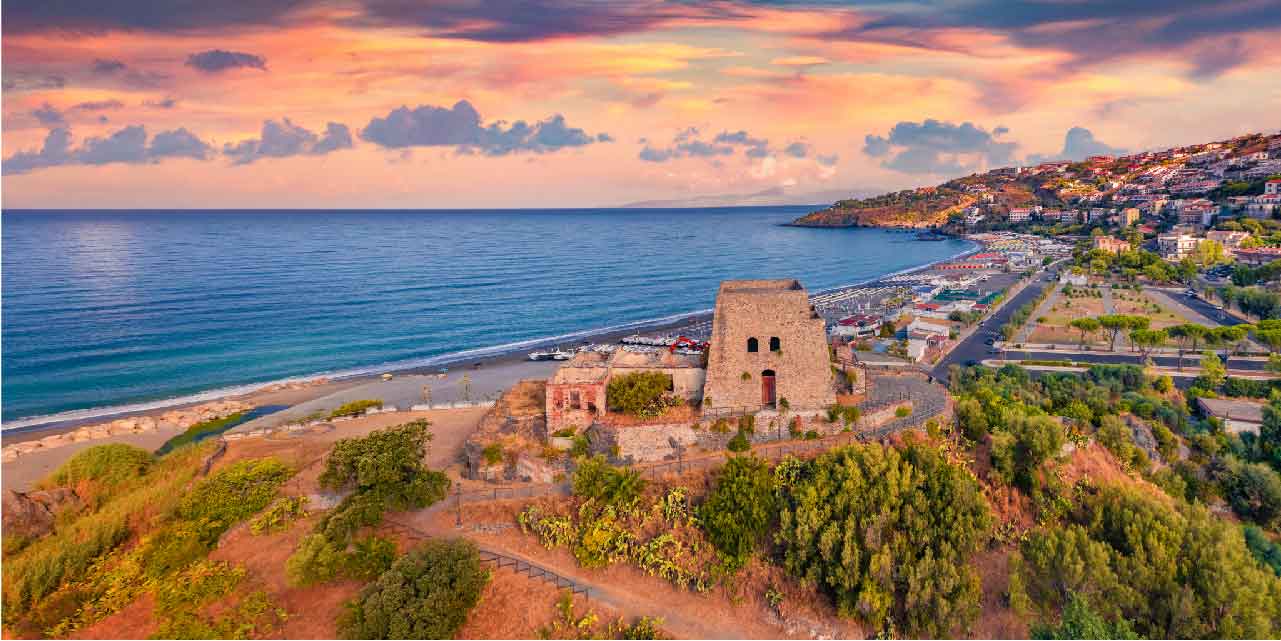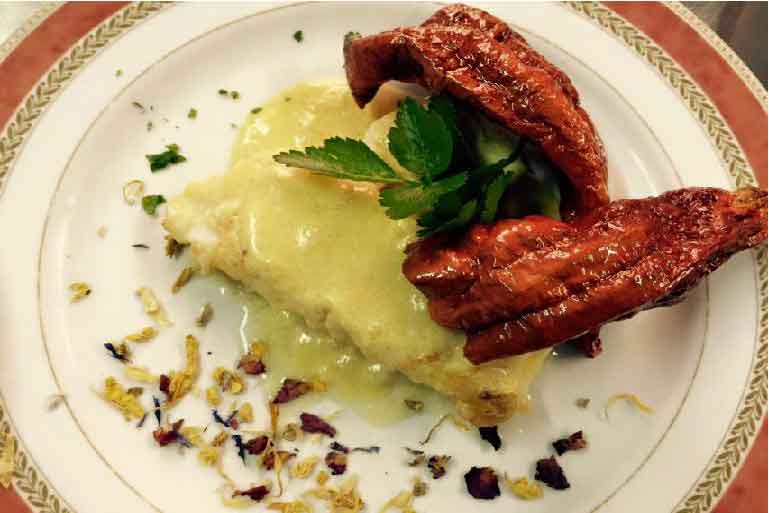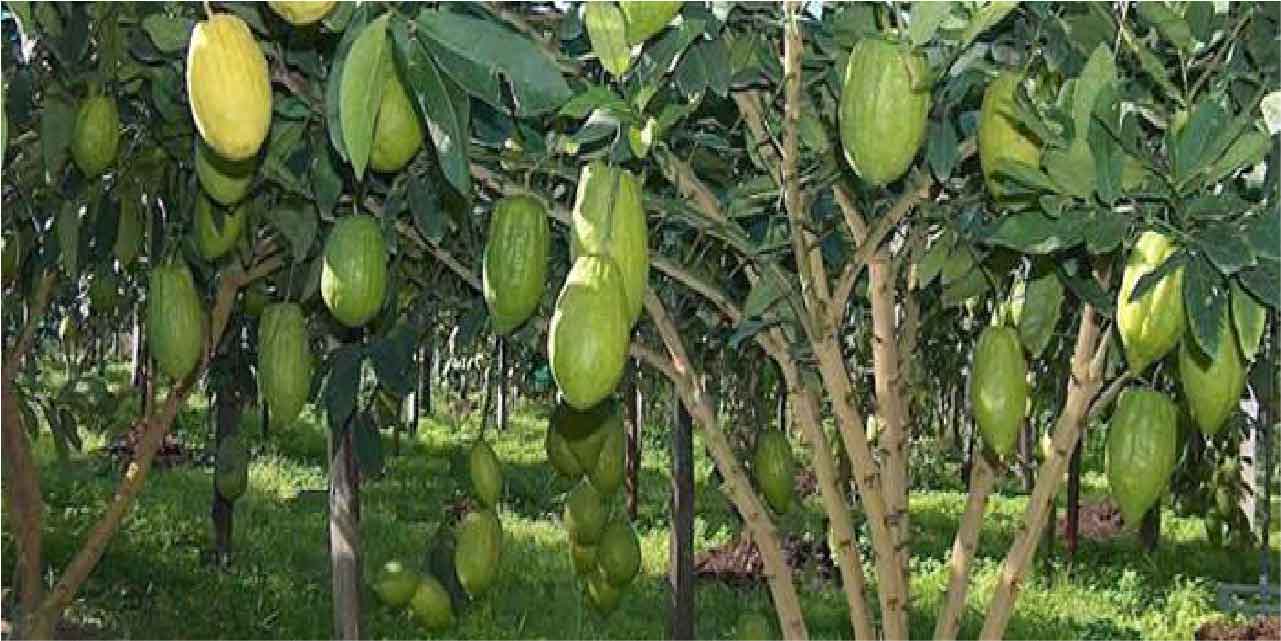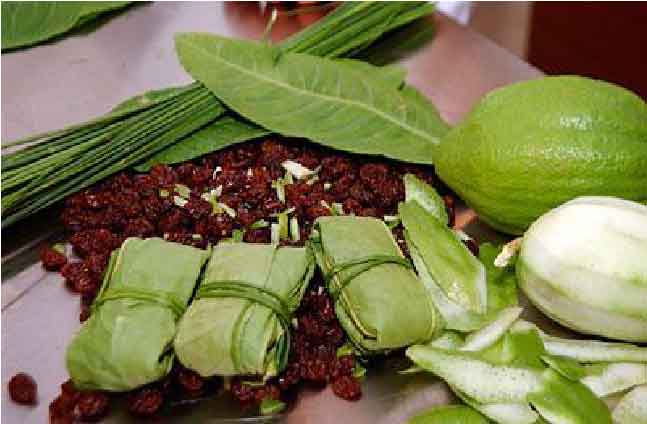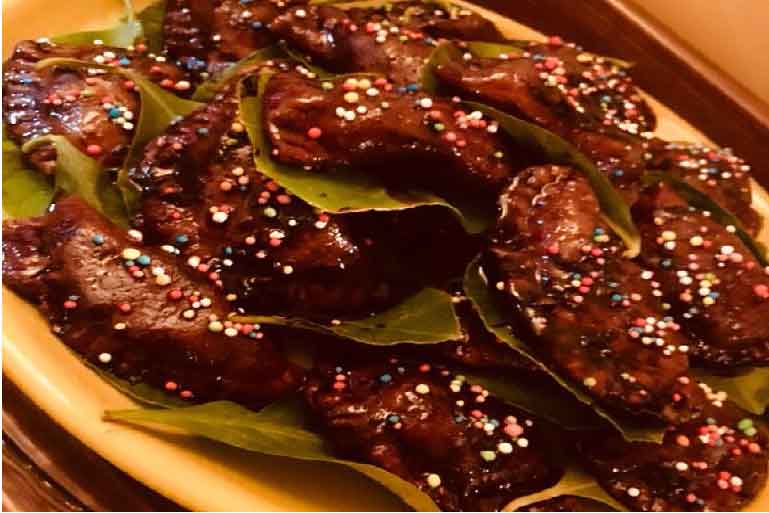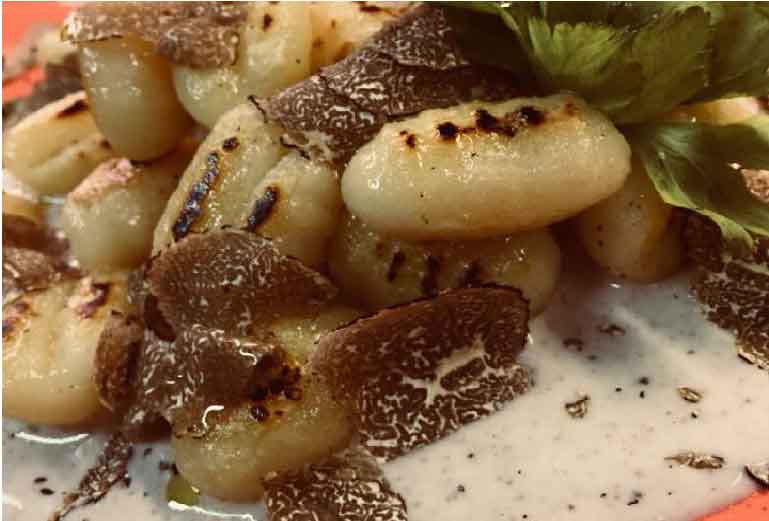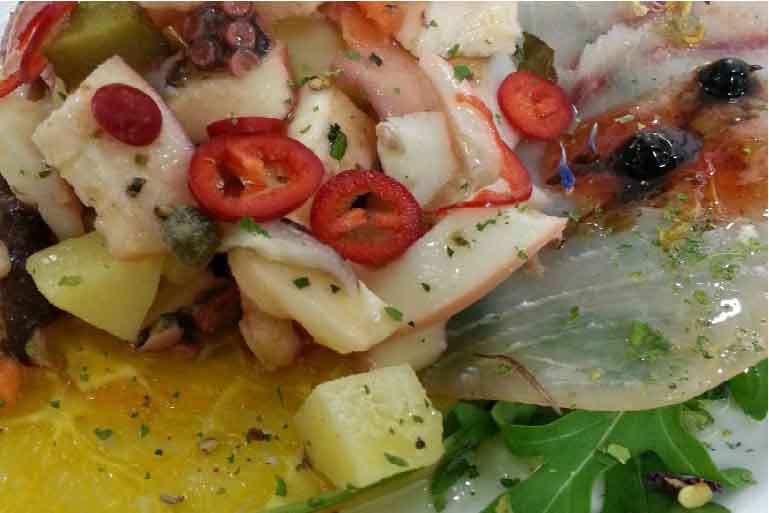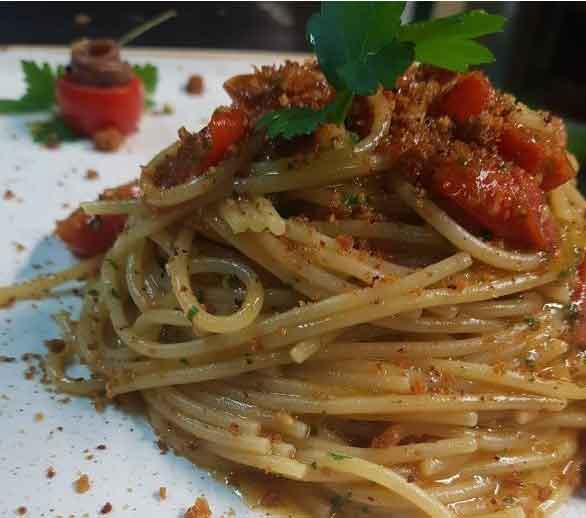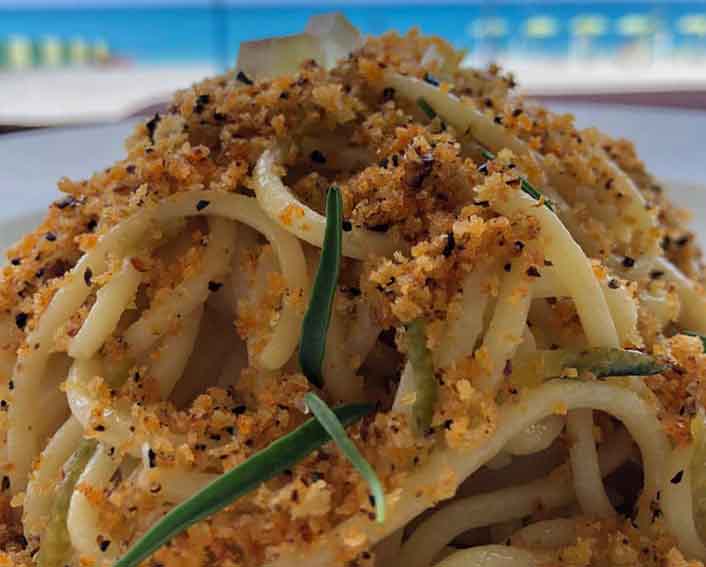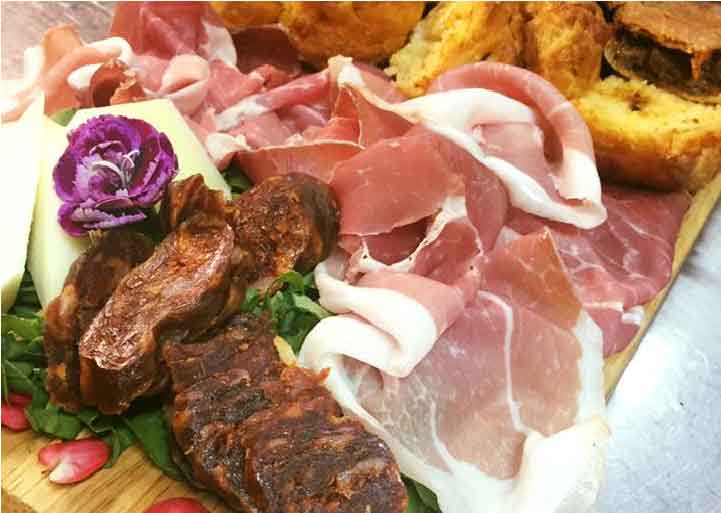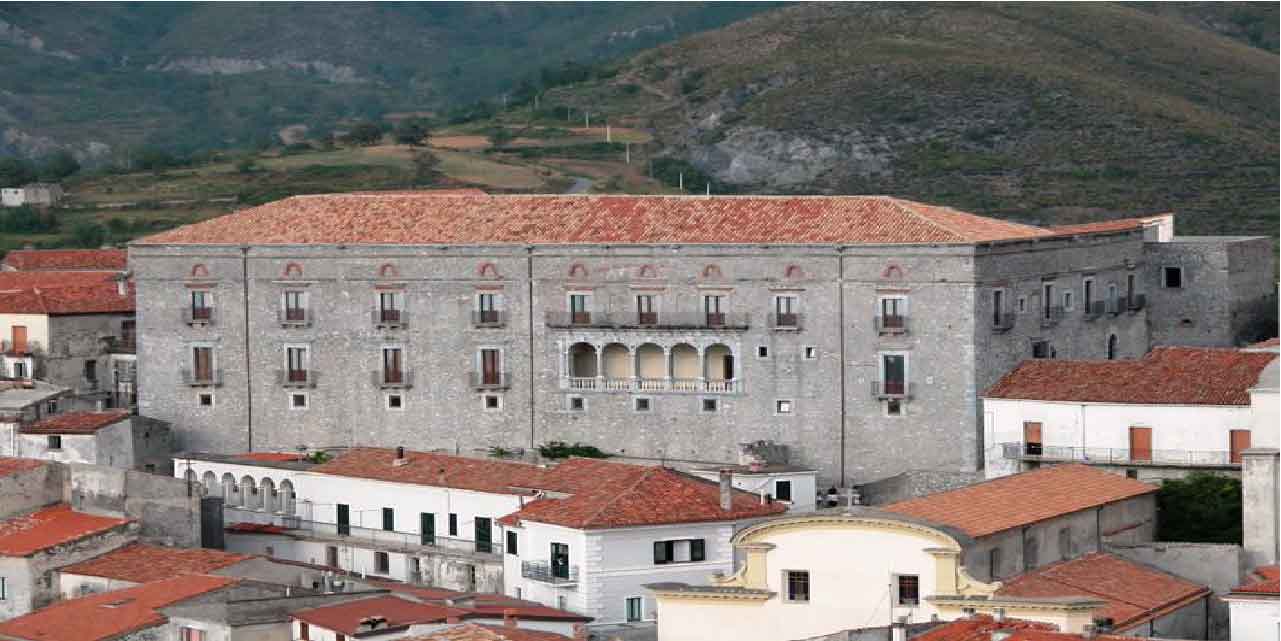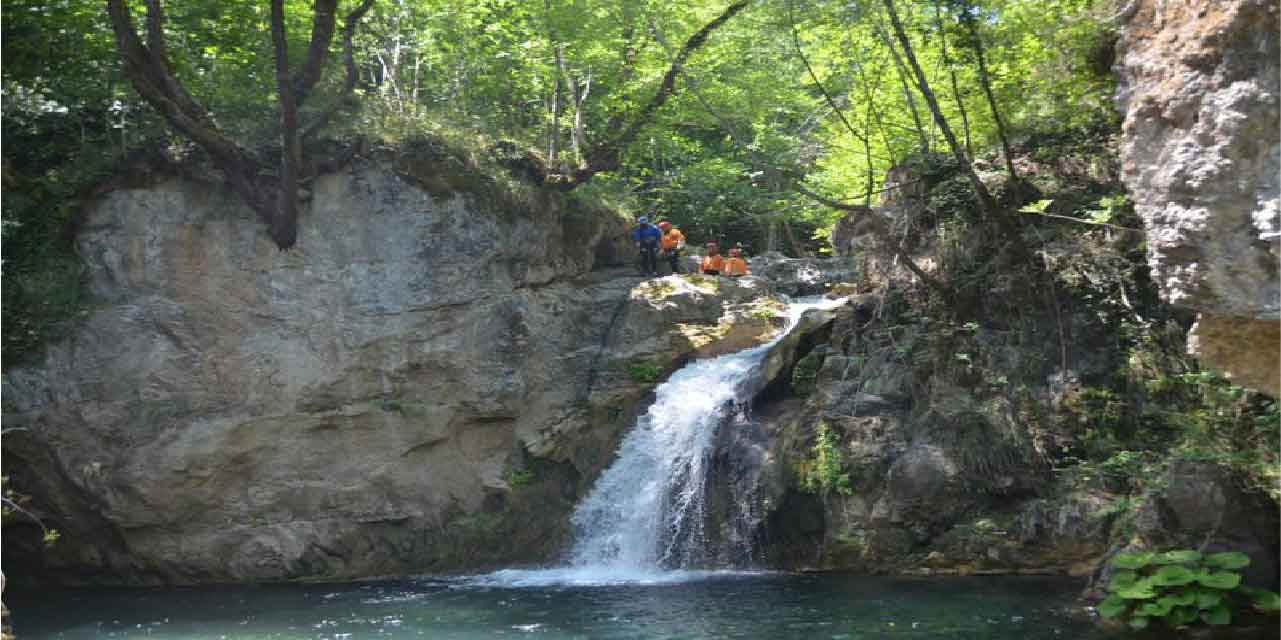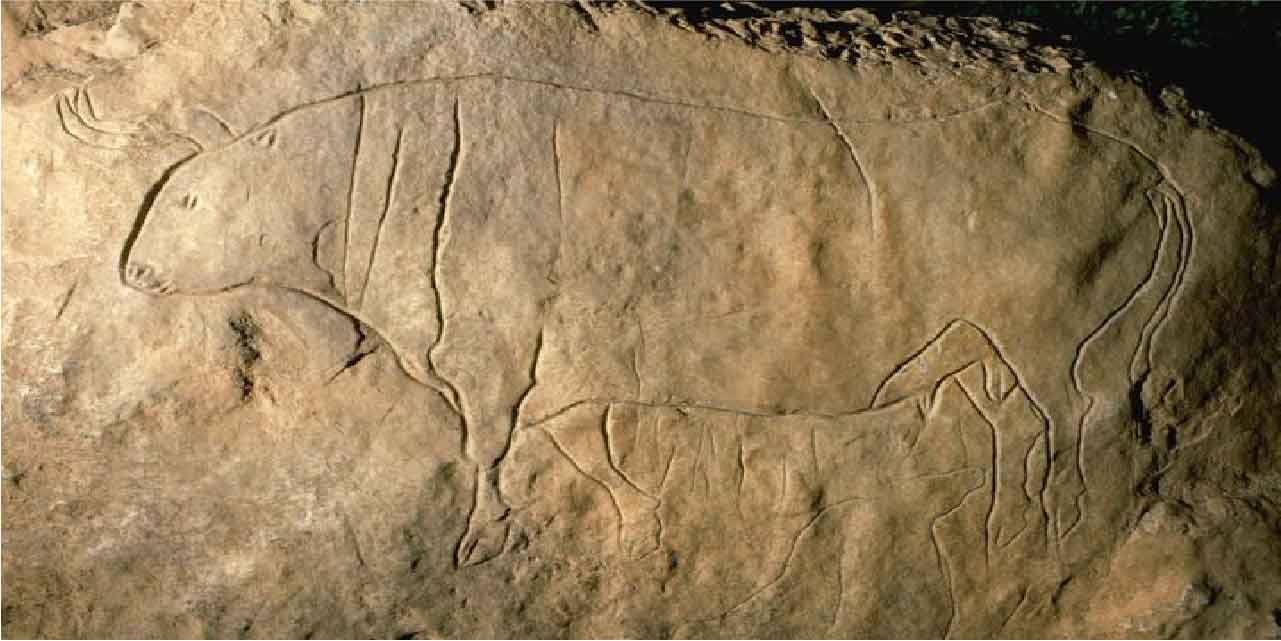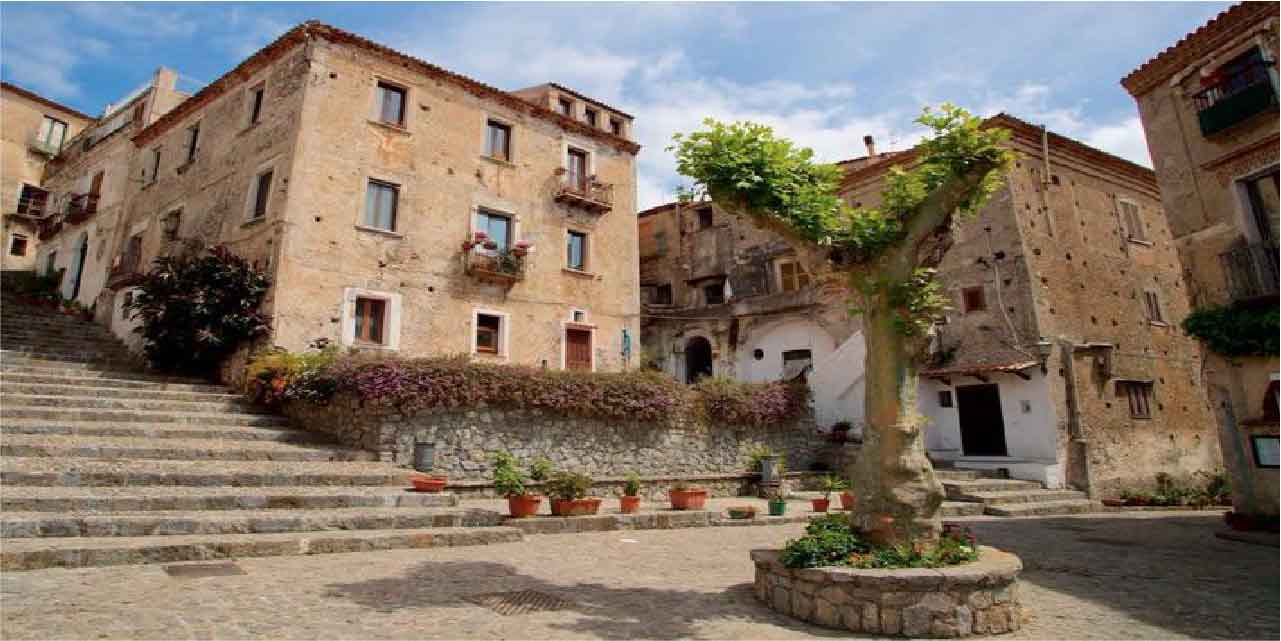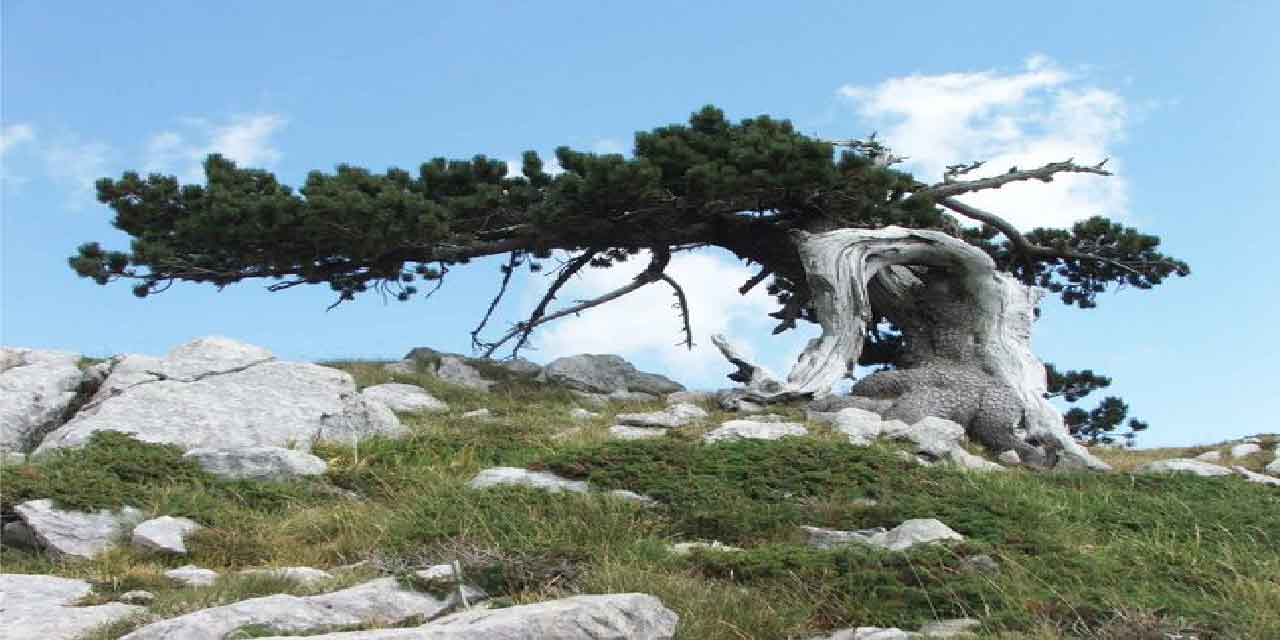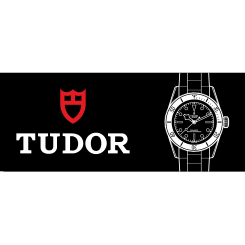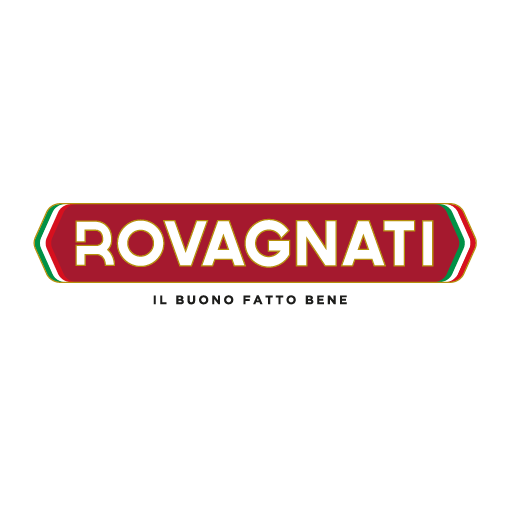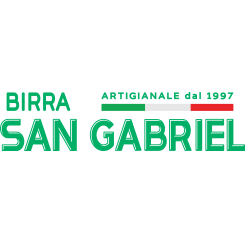profile
map
itinerary timetable
tourist info
Host city:
PAOLA
Overview
There is no certain information on Paola’s origin, but they are certainly very remote. There are many theses, often confused, regarding the birth and etymology of the name of the city. Certainly the current Paola fell between the 4th and 3rd centuries BC. in the territory of influence of the city Clampetia. The latter, involved in the Second Punic War, lost its autonomy at the end of the conflict, becoming, for centuries, an integral part of the Roman Empire. Probably the name “Paola” derives from the consul Lucio Emilio Paolo, who established his residence in the city. At the separation of the old empire, Paola fell under the Byzantine influence for about six hundred years, until the arrival of the Normans, around the year 1000. They built the Castle of Paola in 1110. In the thirteenth century the territory fell into the hands of the Aragonese , who proclaimed it “city” towards the end of the 15th century. During this period the city was inextricably linked with the story of St. Francis of Paola, the hermit monk and founder of the Order of Minims. Between 1436 and 1452 the first nucleus of what later became the Sanctuary was built. The splendor of the city lasted until 1555, when Paola was besieged by the Turks who sacked and burned it, also targeting the Sanctuary built years earlier. At the beginning of the 19th century, history repeats itself. Paola was again sacked and set on fire, this time by the French, who raged especially against the Sanctuary. Religious orders were suppressed and all assets confiscated. After the Congress of Vienna in 1815, Paola became part of the Bourbon Kingdom of the two Sicilies. Subsequently Paola distinguished herself for her great participation in Garibaldi’s events. In fact, the generals Bixio and Medici left from the city to reach Garibaldi in Naples.
Gastronomia
Calabria is a land full of flavors: 800 kilometers of coastline are accompanied by plateaus and mountains. From these geographical data it is easy to understand how the typical Calabrian, and therefore Pauline, products are varied and different from each other, and are capable of telling an incredible territory. Obviously, great attention is paid to cured meats: from the most famous’ nduja to soppressata, Calabria offers products of the highest quality and always with a very strong flavor, very often thanks to the skilful use of chilli pepper in cured meats as in dairy products. Eggplant meatballs are in Calabria one of the typical recipes, loved in all seasons, made with aubergines at km 0. In Calabria, the summer season brings with it, in addition to the heat mixed with the wind that smells of the sea, a great abundance of products of the vegetable garden. Vegetables and vegetables grow quickly and the Calabrians, since ancient times, have found the right compromise not to waste them and to preserve their authentic and genuine flavor all year round, thus reconciling the need to eat genuine products even in winter. , when the earth gives less fruit due to the cold season. Already with the arrival of July, the season of homemade preserves begins for which many Calabrian families prepare their stocks for the winter, producing a large amount of provisions, inside the glass jars used to store different preparations. , which will be kept in the pantry to be used when necessary.
Christmas is a period of festivals and traditions and on the eve of the Immaculate Conception in the province of Cosenza they prepare the “cuddrurieddri”, delicious fried donuts made with a potato-based dough.
Vino e bevande
The main wine-growing areas of Calabria are Cosentino, Lametino, Cirotano and Locride. The Cosentino area, located north of the region bordering Basilicata, is the largest production area, where viticulture has recovered the hills in the hills between 500/700 meters. In recent years, the most widespread grape variety, Magliocco Canino, has been re-evaluated, which is expressed in a wine rich in color, with powerful structure and incisive aromas of blackberry and spices in the Crati Hills, lower color concentrations and excellent balance in the Valle dell ‘ Esaro. Also in this area are also produced light rosé wines, moreover, vineyards that reach 800 give elegant and fragrant white wines, fresh and to drink young, based on Greco Bianco and Guarnaccia, used alone or in blends. Along the course of the Savuto, the natural border of the province of Cosenza towards the south and the territory of the Savuto DOC and Lamezia DOC denominations, the omnipresent Magliocco dolce is flanked by Gaglioppo, Greco Nero and Aglianico in the small Scavigna DOC, while for the whites Trebbiano Toscano, Malvasia Bianca, Chardonnay and Treminer Aromatico are spreading.
Punti di Interesse
The main attraction of the city is the Sanctuary of San Francesco di Paola. The Sanctuary is located in the upper and hilly part of the town. There are several artistic styles that distinguish this religious site. The ancient basilica is in Romanesque style, while the sumptuous chapel which houses some relics of San Francesco is in Baroque style. There is also a cloister which preserves the Saint’s rose garden.
Another place of interest is the Fountain of the Seven Canals, in the center of the town, a monument created by local artists in 1636, which recalls the peacock, the symbol of Paola. In Piazza del Popolo, the Clock Tower is noteworthy, leaning against the building that was the seat of the Univeritas Paulae. The Church of S.S. Rosario, the Mother Church, the Natale del Santo Church, the Church of S. Giacomo, the Church of Montevergine.
Outside the inhabited center, in the locality of Gaudimare, the underground church of Sotterra, of early Christian origin and in Byzantine style, is of fundamental importance. Of Greek-Byzantine origin is the Church of San Michele Arcangelo, located in San Miceli. Inside, precious architectural elements such as the original Norman-style baptismal font. Another important site of Norman origin is La Badia, in the Fosse district. This abbey hosted, among others, Richard the Lionheart, on the way to the third crusade in 1190.
SCALEA
Touristic Information
The gastronomic tradition of Scalea is based on modest recipes and dishes, handed down from generation to generation; however, they are often revisited in a modern way, even if they use local raw materials. It is a very simple seafaring culture that includes in the gastronomic tradition also the farmer culture; this is coherent with the landscape that is characterized by the mountains that meet the sea within a short walking distance.
The main element of the Scaleota cuisine is the blue fish: from marinated anchovies to stuffed ones, up to rosamarina. “Spaghetti alla scaleota” flavored with anchovies, tomato sauce and crispy stale bread passed in red pepper and enriched with hot pepper is a must in the menus of restaurants and trattorias. Among the first courses based on meat, it is not possible to miss the fusilli with meat sauce, made from mixed pork, veal and with the classic braciola or the more decisive goat meat sauce. Among the second courses a typical dish is the fried codfish stands out accompanied by browned peppers, dried in the summer sun and then fried for a few seconds in boiling oil to give crunchiness.
Another important place is represented by cold meats and sheep and goat cheeses above all. There are many side dishes, from the classic pickled vegetables like aubergines, courgettes and dried tomatoes, to fresh ones like “pip ‘e patan”, peppers and potatoes stewed in a pan with a truly unique taste.
Very interesting are the reinterpretations of typical first courses of Italian cuisine such as carbonara transformed into a “marinara “version and the integration in the local cuisine, the use of the Santa Domenica Talao truffle.
The desserts reflect most of all the simplicity of the local gastronomy: the fichi secchi, the crocette, the Christmas roses, the Easter pizzatole and then all the various cedar preparations expertly proposed by the pastry chefs of the area.
Gastronomy
The gastronomic tradition of Scalea is based on modest recipes and dishes, handed down from generation to generation; however, they are often revisited in a modern way, even if they use local raw materials. It is a very simple seafaring culture that includes in the gastronomic tradition also the farmer culture; this is coherent with the landscape that is characterized by the mountains that meet the sea within a short walking distance.
The main element of the Scaleota cuisine is the blue fish: from marinated anchovies to stuffed ones, up to rosamarina. “Spaghetti alla scaleota” flavored with anchovies, tomato sauce and crispy stale bread passed in red pepper and enriched with hot pepper is a must in the menus of restaurants and trattorias. Among the first courses based on meat, it is not possible to miss the fusilli with meat sauce, made from mixed pork, veal and with the classic braciola or the more decisive goat meat sauce. Among the second courses a typical dish is the fried codfish stands out accompanied by browned peppers, dried in the summer sun and then fried for a few seconds in boiling oil to give crunchiness.
Another important place is represented by cold meats and sheep and goat cheeses above all. There are many side dishes, from the classic pickled vegetables like aubergines, courgettes and dried tomatoes, to fresh ones like “pip ‘e patan”, peppers and potatoes stewed in a pan with a truly unique taste.
Very interesting are the reinterpretations of typical first courses of Italian cuisine such as carbonara transformed into a “marinara “version and the integration in the local cuisine, the use of the Santa Domenica Talao truffle.
The desserts reflect most of all the simplicity of the local gastronomy: the fichi secchi, the crocette, the Christmas roses, the Easter pizzatole and then all the various cedar preparations expertly proposed by the pastry chefs of the area.
Beverages
On the scaleoti’s table cannot miss the wine made in Verbicaro and the one made in Buonvicino, and, as digestives, the classic cedar and the limoncello liqueurs.
Main sights
In Scalea, in addition to the sights linked to the coastline, it is worth dedicating a few hours to visit monuments and points of historical and artistic interest such as the Palazzo dei Principi, Torre Talao and the frescoed the ruins of the Basilian churches of the IX century.
Scalea’s patron, whose festivities take place every year on 16 July, is the Beata Vergine del Carmelo (Blessed Virgin of Carmel), whose statue is kept in the Chiesa Madre di Santa Maria d’Episcopio, in the heart of the old town centre. Another solemn celebration is reserved in honour of the Madonna del Lauro, patron saint of sailors, whose statue is kept in the chapel of the same name located in the town’s centre. Both processions feature the traditional “cinte votive”, special wooden frames on which candles are placed decorated with ribbons and the typical “infiorata”; floral paintings and sacred images drawn on the road’s surface with colourful sawdust.
Talao Tower
The Tower is the symbol of the city and the rock on which it stands was once a small island whose caves were inhabited in prehistoric times.
It was built in the 16th century, under the reign of Charles V, to defend the territories from raids and it was part of a sighting system along the coast to defend against attacks by Turks.
From the terrace at the top of the tower incredible views can be seen of the entire long beach that goes from the cliff of the Ajnella until the island of Cirella.
According to Homer, Talao Tower saws the passage of Aeneas and Ulysses, and right near the tower Dragon, the companion of Ulysses died.
Princes’ Palace
It was built in the XIII century, probably on a defensive tower to one of the entrance gates to the village. It was the residence of various feudal lords and housed several famous figures of the past such as the writer Giovanni Vincenzo Gravina, the poet Pietro Metastasio and the philosopher Caloprese. The precious Baroque frescoes that decorate the ceiling of the main lounge belong to that period.
Currently, the building is owned by the Municipality and one of its halls houses the Municipal Library.
The Norman Castle
The ruins of the ancient Norman Castle can be seen from the highest area of the old town centre but these cannot be visited. Built in the XI century by the Normans as a sign of power and domain on their feudal lands, it was enlarged by Roger I of Sicily toward 1060 and restored during various eras. Within its walls the Patto di Scalea (Covenant of Scalea) was signed, with which Robert Guiscard divided the Calabrian lands conquered with his brother Roger. Over the course of the centuries, the castle was permanently it was definitively abandoned by nobles who moved into the Palazzo dei Principi.
Tower of Judah
Today, only a few ruins remain of the Tower that stands at the top of the hill overlooking the old town centre, guarding the Castle. The Tower of Judah, which overlooked the entire coast, allowed easy communications with the castle and vice versa.
The origin of the name is linked to a legend relating to an episode of the many Saracen raids: due to a deception perpetrated to his detriment by a young and beautiful woman, accomplice of pirates, the guardian of the tower did not warn the Castle of the imminent Saracen landing which attacked Scalea, looting it violently. The traitor was tortured and hanged near the tower.
Antiquarium – Torre Cimalonga
Located in one of the squares of the old town centre with panoramic views, the Antiquarium is housed in the Torre Cimalonga (Cimalonga Tower), built during the period of Aragonese rule to defend one of the four entrance gates to the village. The small museum houses a permanent exhibition of archaeological finds arranged in glass display stands making use of the ancient slits through which cannons were fired, which explain the area’s historical-archaeological development, from the Palaeolithic to the late Roman period, and the populating of the area of Scalea and the ancient city of Laos. On display are pottery and the rim of the flush goblet from the end of the VII-VI century B.C.; tableware painted black; terracotta discs with the depiction of a cupid in blocks; a beautiful decorative element in the shape of the head of Silenus and casts of some of bronze coins of the mint of Laos related to the Hellenic period.
Church of Santa Maria d’Episcopio
Known as the Chiesa di sopra (Church above), its bell tower stands on the top of the old town centre. Inside, it boasts various wooden statues of southern art, such as the painting of the Annunciation attributed to the school of Solimena and the seventeenth century canvas of the Circumcision by Paolo de Matteis. On the right side there is a marble chapel which features the statue of the Beata Vergine del Carmelo (Blessed Virgin of Carmel), the town’s patron saint; while the Madonna del Carmine, dressed in the Carmelite style, with a golden crown on her head and a blanket of stars, reigns in the niche above the steps of the altar in polychrome inlay of eighteenth century Neapolitan art.
St Nicholas’ Church in Plateis
Also known as the Chiesa di sotto (Church below), it was probably built over a Byzantine chapel, extended and opened for worship during the XIV century. Behind the high altar there is an impressive oil painting from the XVII century depicting the Madonna del Carmine between St Nicola and St Charles Borromeo. A staircase to the right of the entrance leads down into the Cripta dell’Addolorata (Crypt of Our Lady of Sorrows), whose hall has a plaque that commemorates the burial of Scalea’s philosopher, Gregorio Caloprese.
Typical of Byzantine architecture is the cross vault with three naves divided by eight low columns, with the walls embellished by frescoes. An altarpiece depicting St Anthony of Padua, perhaps of the Flemish school, can also be found here as well as various frescoes of the 1700s.
The shrine of the Madonna del Lauro
The shrine was built in the XVIII century by local seamen and the inhabitants of Sorrento, to dissolve a vow made to the Madonna during a storm in which the crew from Campania promised to build a church in the point where the sea had washed them ashore safely.
Today the Virgin is celebrated with an impressive procession at sea and the local sailors symbolically re-live the arrival of the statue of the Madonna by sea. In its interior, the shrine boasts a statue in plaster, which depicts the Madonna with the child in her arms, to which was added a crown in silver, in sign of devotion.
Ajnella cliff
The cliff is a succession of majestic rocky walls, sharp rocks of an anthracite colour, solitary beaches and natural sea caves.
Rocks that deserve a mention are those that the old fishermen called Carusiello, that reminds us of a child’s little pottery piggy bank, and Lastrachiello , that due to its flattened shape resembled the floor of the entrance to a house. Close to the shore during low tide, a rock emerges from the water known as Scoglio della Giumenta (Rock of the Giumenta), whose profile reminds us of the back of a horse
.
The Grotta du Trasi e jesci (Enter and leave) is a natural tunnel that comes out on a beach in the shape of a thimble, called “A Jiditala”. The Grotta della Pecora owes its name to the great stalactite in the form of a sheep’s head that dominates the entrance and inside the crystal-clear water fades in colours that constantly alternate.


